
Review by Philip Obenschain (@pobenschain). Photos by Mary-Beth Blankenship.
When The Wrecking Ball hosted its inaugural fest last year, no one, least of all the promoters, seemed to expect it to become an annual tradition; instead, it was a punk-centric celebration of 25 years of an Atlanta landmark, The Masquerade. Another thing The Ball surely didn’t anticipate, even if the possibility was at the back of the promoters’ minds, is that the second annual Wrecking Ball would serve as The Masquerade’s final show, at least in its current and original location (the bright side is that the venue is moving to a new home in West Midtown, and Wrecking Ball has officially announced plans to return for a third year). With a jaw-dropping slate of bands ranging from punk to emo to indie to hardcore, post-hardcore, alternative, and more, we simply couldn’t pass up a chance to roadtrip to Atlanta to experience this year’s fest, and we were greeted by one of the best-curated, most communal, and most memorable musical gatherings we’ve ever witnessed. Below, check out our full review and photos from Wrecking Ball 2016!
SATURDAY
 Femignome. Photo by Mary-Beth Blankenship.
Femignome. Photo by Mary-Beth Blankenship.
Femignome
I’ve only been to The Masquerade a handful of times, most recently at least three years ago. I’ve always loved it as a venue, but remembered the neighborhood as kind of rough, industrial, and not a place I’d generally hang out; pretty par for the course for spots you find venues. A lot has changed it seems, as I was greeted by endless rows of condos, new developments, renovated and repurposed spaces for restaurants and shopping centers, and even a huge park, formerly a ditch if my memory serves, where the bulk Wrecking Ball was to be held. With its crumbling walls, boarded up windows, and punk rock charm, The Masquerade stuck out like a sore thumb in the neighborhood it once helped bring appeal to, and it was immediately, abundantly clear why it was being priced out. Arriving early and getting the lay of the land (two stages were positioned at opposite ends of the new adjacent park, two were inside of the venue proper, and one was right out front in the courtyard), I spent a few minutes watching locals Femignome kick things off on the tiny outdoor Purgatory stage, their jangly garage punk starting what would be an incredible day off music off on a high note, as the early and eager attendees began to filter in.
Auspice
Further getting my bearings, I wandered inside to the Heaven stage (if you imagine The Masq like Nashville’s Mercy Lounge complex, which is closely resembles, Heaven would be their answer to Cannery Ballroom, Hell to Mercy Lounge, and Purgatory to The High Watt, though for this show “Purgatory” was outside), an incredibly dark, air-conditioned escape from the typical outdoor festival setup, to watch some of another Atlanta group, Auspice. I didn’t really know this band before doing my lineup research for the fest, but I really dig their straightforward, alt/punk sound, and I was excited to hear them play “Joke,” the great track from their Four Songs EP I’d been rocking all week on my Wrecking Ball playlist, before heading back outside. It was early, but Auspice packed in plenty of energy, and it was nice to pop into Heaven before it became shoulder to shoulder crowded throughout the rest of the day.
 Milemarker. Photo by Mary-Beth Blankenship.
Milemarker. Photo by Mary-Beth Blankenship.
Milemarker
Not counting local or traveling events, Wrecking Ball was the smallest festival I’ve attended this season, and yet it carried not only the highest percentage of bands on its bill I’m a fan of, and, as a result the most scheduling conflicts, but also of my most-anticipated sets, there were more acts that I’ve never seen, often that I’d never even had the chance to see, than any other festival this year. As a result, it stood not just as my personal most-anticipated, but will also likely be my favorite festival of 2016, at least in bang for the buck. The first of several reunited legacy acts, North Carolina’s Milemarker admittedly flew a little under my radar back in their day, but seeing their name on the bill, I definitely remembered listening to them in the early ’00s, and was stoked to see them in person for the first time. The band’s synth-heavy fusion of emo and post-hardcore, augmented with vocal effects and pulsing rhythm lines, really stands the test of time, and I found myself contemplating, for the first of many times throughout the weekend, how thankful I am that, for whatever reason, emo is “cool” and critically accepted again, encouraging so many smaller and long-inactive bands to reform and find a whole new audience.
 Diarrhea Planet. Photo by Mary-Beth Blankenship.
Diarrhea Planet. Photo by Mary-Beth Blankenship.
Diarrhea Planet
As Milemarker concluded, the Park South stage, directly across the field, kicked into action with Nashville’s own Diarrhea Planet. At this point I’ve obviously seen the group a ton, everywhere from clubs where they’ve barely managed to all cram on the stage, to major festivals, but I think this was technically the biggest stage (and perhaps one of the biggest crowds as well) I’ve ever witnessed them play. Unfazed the early hour, the guys, arsenal of guitars in two, cracked jokes, ran around the stage, and ripped through cuts from I’m Rich Beyond Your Wildest Dreams, Turn to Gold, and more, apparently struggling to hear themselves, but sounding as epic and huge as I’ve ever heard them (I could actually hear each and every instrument for once). Being so stuck in the Nashville bubble, I always like to see bands who’ve really become a local legends play out of town gigs, to see how they’re doing on a national scale, and if the enthusiastic, rowdy crowd’s expression of awe and excitement was any indication, the DP rock and roll revolution is definitely widespread.
 Juliette & The Licks. Photo by Mary-Beth Blankenship.
Juliette & The Licks. Photo by Mary-Beth Blankenship.
Juliette & The Licks
Making the tough call to forgo a few great inside sets in favor of sticking to the main stages, I wandered back across the field to grab a spot for Juliette Lewis and The Licks, who reformed last year after a 6 year hiatus. In all honesty, I know Juliette better for her acting that her music (I’m sure I’m not alone in that), but I remember digging nostalgic, unabashedly rock jams like “Hot Kiss” 10 years ago (how has it been so long??), and I’d heard nothing but praise for Juliette’s live show (had I not gone to Wrecking Ball, the following event’s 12th & Porter show would have been a must-see). Living up to her reputation, Lewis erupted onto the stage like she’d just been shot out of a canon, donning a red, white, and blue jumpsuit and matching microphone, stripes of paint on her face, and way more energy than I would expect anyone to have in the early afternoon. I didn’t know a lot of the songs, but it didn’t matter; Juliette worked the stage with a magnetic presence and frenetic passion, eliciting huge crowd response and setting the bar high for the day to follow, despite being decidedly less conventionally “punk” than the bulk of the festival’s performers. I left eager to see this wild set in a smaller venue.
 The Menzingers. Photo by Mary-Beth Blankenship.
The Menzingers. Photo by Mary-Beth Blankenship.
The Menzingers
I’ve been to dozens of festivals over the last decade, and I’m not sure I can think of another one, save for perhaps Riot Fest, where there was never not anything happening that I wanted to see at any given moment. After cutting Juliette a little short and waiting in line (the inside venues were limited to capacity once they filled up), I made it back to Heaven in time to catch some of The Menzingers, one of my favorite current punk bands, and a group I haven’t had a chance to see in several years. The Mezingers were always good, but at Wrecking Ball they sounded unreal, vocalists Tom May and Greg Barnett performing with more confidence and passion than I’d ever witnessed, blowing through huge sounding renditions of favorites like “I Don’t Wanna Be an Asshole Anymore” and “Nice Things.”2012’s On the Impossible World still stands as one of the absolute best albums in modern punk, and playing to a packed and wild room, it finally felt like The Menzingers have caught up in live presentation to their somewhat sudden surge of critical praise. One of many, many examples at Wrecking Ball of why punk is as healthy as it’s ever band, The Menzingers were among the best of the festival’s two distinctive sides: celebrated legacy acts and promoting up and comers.
 Deafheaven. Photo by Mary-Beth Blankenship.
Deafheaven. Photo by Mary-Beth Blankenship.
Deafheaven
Primarily a punk fest, metal wasn’t especially well represented at Wrecking Ball, but the handful of acts on the lineup that veered into this territory definitely made it count. Undoubtedly the heaviest band I watched all day, San Francisco’s Deafheaven, decked in black and looking somewhat at odds with the sunny, pleasant afternoon weather, erupted into an intense, bone rattling set of their signature genre-bending, artsy and aggressive black metal meets shoegaze sound. They’re the type of band the blogosphere already loved before the emo revival made most of the rest of the bill suddenly en vogue, and as a result, they have sort of an inherent air of cool that made them feel a little out of place, though still definitely a welcome addition in my book. Thanks to Wrecking Ball’s lean set times (something I love, as I personally approach festivals as something of a musical sampler platter), and their atypically long and layered songs, the band only had time to play a handful of cuts (just four, I believe), leaning heavily on selections from their latest, New Bermuda. Sweaty and intense, singer George Clarke definitely delivered one of the most impassioned and brutal performances I witnessed all day, and I’m hoping I’ll someday soon get to see Deafheaven outside of a festival context, because their show begs for a dark, moody room.
 Daddy Issues. Photo by Mary-Beth Blankenship.
Daddy Issues. Photo by Mary-Beth Blankenship.
Daddy Issues
On the way back inside to see a stretch of performances in Heaven, I stopped by the small but expertly curated Purgatory stage to see Nashville’s own Daddy Issues. For a long time, the grunge pop trio felt like a definite local secret, so it was especially cool to see them out of town, and in front of a sizable crowd no less. Energetic as always, the gals played through favorites from Can We Still Hang, sounding solid and confident, and drawing a lot of attention from passersby, people in line, and plenty of friends and fans. Realizing I hadn’t caught seen them live since our Acme showcase last summer, I made a mental note to correct something I counterintuitively forget: see more Nashville bands more often.
Touché Amoré
With their set already started, I was worried too many people might already be planted for Touché Amoré for me to make it in, but, thankfully, I was granted entry about halfway into their slot, with plenty of time to soak up the group’s impassioned, emotionally dense performance. They were playing new tune “Palm Trees” as I made it inside, getting me even more excited for their upcoming Stage Four, if that’s even possible. Touché have always been a fantastic live band, but this set was really something special, enhanced by the packed and wild room, moshing in the front and screaming along in the back. Fueled by recent, unfortunate personal tragedy, frontman Jeremy Bolm adopted a urgency and intensity beyond anything I’d ever seen, created a shared emotional experience bordering on catharsis, absolutely entrancing everyone in the crowd. With a career-spanning selection of songs, Touché gave me the push and burst of energy I needed to recharge and get ready for hours more of great music.
 Hey Mercedes. Photo by Mary-Beth Blankenship.
Hey Mercedes. Photo by Mary-Beth Blankenship.
Hey Mercedes
Since catching reunited, seminal emo group Braid last year (on their way to play Wrecking Ball, in fact), frontman Bob Nanna’s other beloved group, the more pop and alternative leaning Hey Mercedes, have also been on my mind more than usual. Another of the many, many bands I loved in my teens, but got into as they were winding down, I assumed I’d likely never get a chance to see them in person. The past couple years have been miraculous in reversing that sentiment, however, and I was elated beyond words to hear of the band’s return, just in time to celebrate the 15th anniversary of their debut, Everynight Fire Works. The ’90s and early ’00s emo scene, unlike the explosion of massively popular but often inferior offshoot acts it influenced in the mid ’00s, was definitely less about image and more about music, and even the most popular bands of that era were still relatively niche at the national level (save for perhaps Jimmy Eat World). For me, that makes these types of reunions all the more gratifying, because you’re simply seeing a group of people recapture the passion of something they did long ago, met with praise and excitement they deserve. Just as with Braid, Nanna and co. sounded like they’d picked up right where they left off, performing with a sincerity and enthusiasm that made the songs feel as urgent as meaningful as they did in their ’20s. It’s a weird thing, experiencing nostalgia while seeing a band for the first time, but as I would learn throughout the weekend, there’s a whole piece of emo history I missed out on, and I’m so grateful that I got a chance to finally experience it in a way that felt so genuine.
 Piebald. Photo by Mary-Beth Blankenship.
Piebald. Photo by Mary-Beth Blankenship.
Piebald
Continuing the unlikely but welcome reunion trend, Boston’s Piebald took the stage shortly after Hey Mercedes concluded. While I got to see them a handful of times back in the day, including Warped Tour and a one-off reunion at Bamboozle a couple years back, the alt rockers have always been a lot of fun live, and though not as big an influence on shaping my musical taste as some of the more emo bands on the bill, We Are the Only Friends We Have is still one of my favorite LPs of their era. Looking very rock and roll with long hair and scruff, frontman Travis Shettel sounded better than I’ve ever heard him, and I was caught off guard by just how wild the crowd was going, and how loud everyone was singing along. After a few strong openers, Shettel announced that they’d be playing the first five tracks of Friends in order, which was great news since, knowing I’d have to duck out a little early, I was able to stay though “American Hearts.” Sure, it’s the band’s biggest song, but man it’s a jammer, and it turned the room into perhaps the biggest singalong of the entire weekend.
 Diet Cig. Photo by Mary-Beth Blankenship.
Diet Cig. Photo by Mary-Beth Blankenship.
Diet Cig
Prying myself away from Piebald, I ran downstairs to catch Diet Cig, who are fast becoming one of my favorite bands to watch live. Fueled by the uncontainable, bubbly energy of singer/guitarist Alex Luciano, the duo just have an endearing, nervous, fun-loving aura that makes their poppy punk-tinged songs all the more fun to see in person. Telling us she had a crush on the whole audience, making jokes about their name and the cigar stand across from the stage, and making awkward transitions with short stories about song subjects, Alex bounced around, hopped off of drums, and managed to be even more energetic than when I saw the band at Shaky Knees. Though relatively new, Diet Cig attracted quite a big gathering, and despite once again not getting to watch their full set, they left me dying to catch a headlining show as soon as possible.
 The Julie Ruin. Photo by Mary-Beth Blankenship.
The Julie Ruin. Photo by Mary-Beth Blankenship.
The Julie Ruin
As a huge fan of Bikini Kill, and of Kathleen Hanna in general, The Julie Ruin ranked near the top of my list as one of my most-anticipated performers of the weekend. Hurrying back to the main stage, I grabbed a spot amidst the swelling crowd, a mix of diehards and curious, casual festivalgoers, and braced for one of the most vehemently feminist, socially aware sets of the entire festival. With a style that falls somewhere in between Bikini Kills’ punk spirt and Le Tigre’s dance-ready electro-rock, The Julie Ruin’s sound is anthemic, catchy, and pleasant, but their message is surprisingly ferocious. Though there were definitely moments of levity, especially when keyboard player Kenny Mellman, rocking an amazing Lisa Frank shirt, would crack jokes or interject commentary, it was Hanna’s impassioned speeches of female empowerment, sexism, discrimination, and more that really set the tone. It made me especially proud to see the crowd sternly but peacefully eject a few jackass hecklers (who’d obviously just wandered up), and even the security, taken aback by some of Kathleen’s blunt rhetoric, seemed to be nodding in agreement with her message. As a band, The Julie Ruin were great, their set especially heavy on cuts from their latest, Hit Reset. But as a unit for spreading social awareness, they proved absolutely essential, Hanna as punk as she’s ever been decades after first erupting onto the scene.
 Drive Like Jehu. Photo by Mary-Beth Blankenship.
Drive Like Jehu. Photo by Mary-Beth Blankenship.
Drive Like Jehu
Of the many reunited bands at Wrecking Ball, SoCal post-hardcore pioneers and emo forefathers Drive Like Jehu were definitely the most unexpected (they have been intermittently performing for about two years, I know, so I’m talking about the concept of a reunion, not their appearance at this fest in particular). I was too young to know about them when the group first called it quits more than 20 years ago, and by the time I discovered them, reeled in by drummer Mark Trombino’s scene-shaping production credits, they seemed like a band that were destined to stay relegated to a stories in niche punk books. A band ahead of their time, DLJ are hard to pin down today, so I can’t imagine how out of place they must have felt in the early ’90s. Still, their influence has been immeasurable, and seeing them live, hearing their classic tunes come to life, it sunk in especially hard just how important this band is in broader punk context (much like the next evening’s headliners, Quicksand). With Wrecking Ball’s decisively young and old lineup elements, I wasn’t sure how many of the younger fans would know or care as much about this band, but the crowd was simply massive, paying proper dues to one of the scene’s finest. Watching them live was surreal, and, while the group’s approach was fairly straightforward, letting the songs do the heavy lifting, the fact that they’re all seasoned pros, and have stayed busy with other endeavors over the years, was obviously in how polished and perfect they sounded. Of all of the bands on the lineup, Drive Like Jehu are one I’d have probably bet money on never having a chance to see if you’d asked me three years ago, and their performance alone elevated this festival to one of the highlights of my entire year.
 L7. Photo by Mary-Beth Blankenship.
L7. Photo by Mary-Beth Blankenship.
L7
Having been at Wrecking Ball for nine hours, after a long drive from Nashville on almost no sleep, I was fading fast by L7’s closing set, but after watching them absolutely rip last year at Riot Fest, I knew I had to rally and watch as much as I could. Another band that don’t seem to get their proper dues, L7 had a major influence on the riot grrrl movement, so I was not surprised to spot Kathleen Hanna and Kathi Wilcox hanging side stage with Juliette Lewis as they kicked off their set. Playing to somewhat of a thinner crowd than they deserved, the ladies, who’ve been back since 2014 after a 13 year hiatus, sounded even more turbocharged and refined than when I saw them last year, setting the energy high with the one-two punch of openers “Deathwish” and “Andres.” With huge riffs, singalongs, cool and moody lights, and a ton of late night energy, L7 provided the perfect closer to a long and varied day of amazing music, and I made it about halfway through until I had to leave, for fear of being a wreck for day two if I didn’t get enough sleep. Apparently I made the wrong decision though, as I later heard Juliette Lewis came out to sing “Shitlist” near the end of their set.
Photos by Mary-Beth Blankenship.
SUNDAY
 Bully. Photo by Mary-Beth Blankenship.
Bully. Photo by Mary-Beth Blankenship.
Bully
After some much-needed rest, and running a tad late after making a good breakfast and plenty of caffeine a priority, I made it back appropriately just in time to see Nashville’s own Bully take the main stage. Bully have played nearly every festival I’ve been to this year, and yet each and every time they manage to bring something fresh and different to their performance, all the while growing more confident, intense, and unrivaled. Like Diarrhea Planet, Bully would be one of our most-anticipated and most celebrated performers regardless of their hometown, and, despite the early set time, their Wrecking Ball outing was as inspired and unpredictable as ever. The crowd seemed to include a lot of first timers, who stood transfixed and visibly impressed by how great Bully sound live. Per usual, frontwoman Alicia Bognanno proved a force to be reckoned with, and when she dropped the guitar to scream through some epic covers, as the band have done all year, she reinforced my belief that this is one of the best new bands on the whole planet.
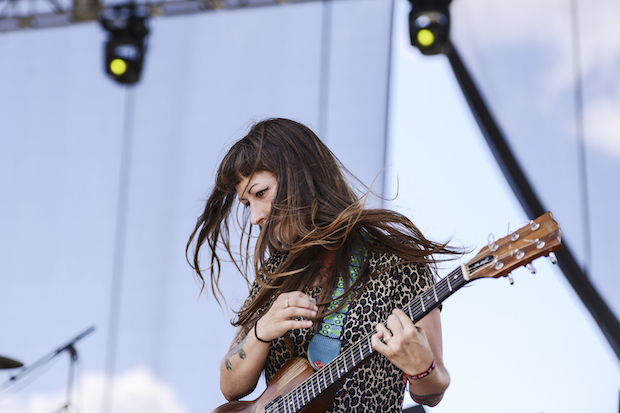 Lemuria. Photo by Mary-Beth Blankenship.
Lemuria. Photo by Mary-Beth Blankenship.
Lemuria
Lack of female representation on festival lineups has long been a huge problem, but thankfully it’s one that’s been a big point of discussion and accountability lately. After watching so many talented ladies all Saturday, and realizing that I’d be watching a string of female-fronted bands in a row on Sunday, it dawned on me just how well-curated, well-representated, and refreshing Wrecking Ball’s lineup really was (and especially since I didn’t get the impression that they went out of their way to make things equal, so much as they just booked a lot of talented punk bands without bias and this was the result). Lemuria’s poppy, emo inspired flavor of indie rock is always a real treat; they’re one of those bands I sometimes forget to come back to, but always love, so it’s great to have a chance to catch them at events like this. Sounding lovely as always, they powered through a pleasant set that helped wake me up as the heat of the day started to set in.
 Rainer Maria. Photo by Mary-Beth Blankenship.
Rainer Maria. Photo by Mary-Beth Blankenship.
Rainer Maria
I kind of forgot how much I loved Rainer Maria until I was getting ready for this festival, but damn they crafted some classic albums in their decade long run. They’ve apparently been playing again intermittently for about a year and a half, but that all managed to fly by me, and, walking back across the field, a wave of excitement rushed over me as they began to perform. Opening with “Artificial Light,” the first track on their 2001 classic A Better Version of Me, the emo/indie rockers sounded absolutely flawless, and singer Caithlin De Marrais appeared not to have aged a day, sounding and looking exactly as she did when the group broke up 10 years ago. Guitarist Kaia Fischer, who had apparently come out as transgender at some point during the band’s break, also sounded and looked great, performing with an enthusiasm and sincere humbleness that helped make Rainer Maria’s set not just great, but also endearing. I found myself wishing for more at the lean 40 minute set’s conclusion, and I really hope another headlining tour might bring the group to Nashville in the future. Perhaps a product of having sort of forgotten about them over the years, but Rainer Maria were without a doubt one of the weekend’s most unexpected surprises, and one absolutely of my favorite performers.
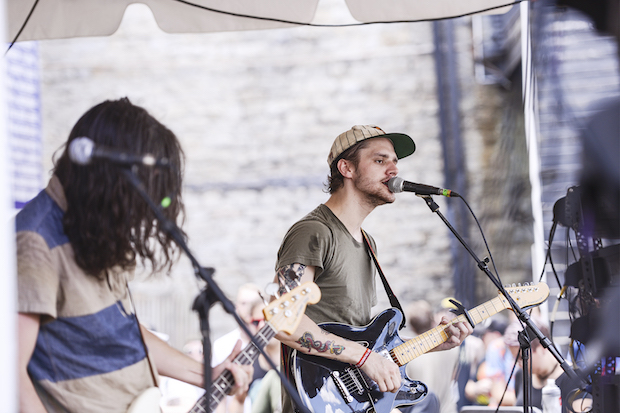 Broken Beak. Photo by Mary-Beth Blankenship.
Broken Beak. Photo by Mary-Beth Blankenship.
Broken Beak
Though I planned to run to the Purgatory stage for some of Broken Beak, I found myself too transfixed by Rainer Maria to leave early. However, our photographer still captured some shots of the buzzy newcomers’ set, and the night after Wrecking Ball, I managed to make it to their Nashville show with Chris Farren. At that intimate outing, the band, who count Modern Baseball’s Brendan Lukens among their ranks, though are really fueled by the talent of frontman Beau Brynes, delivered a minimalist, emotionally dense, hypnotic, and earnest performance, and I have no doubt that their festival appearance was equally as gratifying.
 Tigers Jaw. Photo by Mary-Beth Blankenship.
Tigers Jaw. Photo by Mary-Beth Blankenship.
Tigers Jaw
I’d only ever seen Tigers Jaw in tiny clubs, so, turning my attention to the other end of the field, I was certainly curious to hear how their show might work in a big, outdoor setting. Skilled and seasoned at this point, the Pennsylvania duo of Brianna Collins and Ben Walsh, absent their former permanent bandmates but backed by a capable array of new players, managed to make the whole thing still feel intimate, their perfect harmonies and pleasant style enveloping us all in honest, relatable emotion. Heavy on tracks from Charmer, songs like “Hum,” “Nervous Kids,” and “Frame You” never sounded better, and though I could hear favorites like “Plane Vs. Tank Vs. Submarine” from the distance, I left about halfway though to grab a spot up front at the adjacent stage for my most anticipated artist of the weekend: The Promise Ring.
 The Promise Ring. Photo by Mary-Beth Blankenship.
The Promise Ring. Photo by Mary-Beth Blankenship.
The Promise Ring
Clearly my love for The Promise Ring is above average; they were, after all, relegated to a mid-afternoon slot, despite being headliners in my heart (and the #1 must-see on our preview list). Ever since discovering Nothing Feels Good, now one of my all-time favorite albums, many years after its 1997 release, and subsequently falling in love with TPR’s entire catalogue, they’ve become perhaps my all-time favorite emo band, synonymous with all that is perfect about the scene’s golden era in the ’90s. By all metrics pretty underground in their day, the band’s prestige and fanbase has grown exponentially over the years, though after a short reunion run in 2012, I was unsure if I’d ever get to see them, heartbroken that their return had been so short-lived. A New Year’s Eve Chicago show last year reignited hope, however, and their name alone was more than enough for me to commit to cover Wrecking Ball, especially since they have no other shows on the books for the foreseeable future.
Dressed like the relatable midwesterners that they are, save for bassist Scott Schoenbeck, whose years in Dashboard Confessional seemingly transformed him into a more fashion-conscious rocker, the band dove straight into “Nothing Feels Good,” inciting a crowd-wide freakout of joy, before playing the first four songs from the album of the same name in track order. The whole set was one giant singalong, and, while Davey von Bohlen’s voice seems to strain a little to hit some of the notes nowadays, the earnest and personal place that the songs arrived from feels just as genuine and cathartic, making the hands of time irrelevant when it comes to the weight and effectiveness of the material. Between big hooks like “Happiness Is All the Rage,” heartfelt jammers like “Red & Blue Jeans,” and scene classics like “B is for Bethlehem,” The Promise Ring cemented my feeling that they’re not only one of the best emo bands of all time, but arguably the most influential, without whom many of the weekend’s other acts wouldn’t exist, whether they knew it or not. Ending with Nothing Feels Good closer “Forget Me,” they left me feeling transformed and fulfilled, perhaps the last great living band I wanted to see more than any other. Wrecking Ball as a whole was amazing, but The Promise Ring was something above all, I’ll hold with me forever.
 Joyce Manor. Photo by Mary-Beth Blankenship.
Joyce Manor. Photo by Mary-Beth Blankenship.
Joyce Manor
Reeling from the awe of The Promise Ring’s set, I needed to take a brief break, and ventured across the street for a coffee. On the way back in, however, I stopped off at Joyce Manor, long enough to hear some standouts like “The Jerk” and “Fake I.D.” (knowing I’d soon see the band play famous Nashville spot Third Man Records, I was ok with missing a bit of their set, despite being a big fan). With an eclectic array of influences, Joyce Manor are surprisingly hard to pin down, as angsty and punk as their are emo and pop, and I’ve been surprised but excited to see them find praise lately from “cooler” press outlets who wouldn’t have been so kind to bands in the pop punk or emo bubble not long ago. Amassing a sizable crowd, it’s clear this band’s well-deserved rise is only beginning.
 American Football. Photo by Mary-Beth Blankenship.
American Football. Photo by Mary-Beth Blankenship.
American Football
Another band I’d file under the especially unlikely reunions tab, mostly because their run was incredibly short and fairly obscure, American Football have, inexplicably, become one of the most visible forces in the “emo revival” over the past few years, and their fanbase now seems infinitely more massive than it’s ever been, and certainly more sizable than when they were active in the late ’90s (frontman Mike Kinsella, thanks to his prolific run in various projects, certainly helped keep interest alive in this band by staying so active and some monumentally important to emo). A little more layered, noodly, and instrumental than many of their peers, American Football’s sound is sort of a gratifying slow burn, and brushing through as many songs from their one and only album as they could fit, the band sounded unbelievably good. Of course cuts like “Never Meant” and “Honestly?” served as standouts, but the whole set had me transfixed, and seemed to bring the crowd to a halt, soaking up the sounds of one of emo’s most underrated bands. With so much renewed activity, it’s exciting, if not bizarre, to look forward to more from American Football going forward, and they helped make an already amazing festival lineup into an indispensable one.
 Motion City Soundtrack. Photo by Mary-Beth Blankenship.
Motion City Soundtrack. Photo by Mary-Beth Blankenship.
Motion City Soundtrack
I’ve loved Motion City Soundtrack since their very first record, but this year, since news of their impending breakout broke, I’ve reconnected with their music more than I have in years, and have had the good fortune of seeing them several times live in a short span of time. After a fitting recent farewell at Cannery Ballroom, and with an upcoming final show at Riot Fest on my agenda, I almost didn’t want to watch their whole performance at Wrecking Ball, because I felt like too many goodbyes would start to detract from my memories of their victory lap. However, I still had to watch at least some of their set, and getting to see personal favorites like “Capital H,” “Her Words Destroyed My Planet,” and “L.G. FUAD” yet again was immensely gratifying. It’s bittersweet to see them sounding the best they ever have so close to the end, but I’m glad to know all of my good memories of MCS are from their prime, and not of a band who clung on too long and began to decline. An obviously emotional experience, as for many in the crowd, it served as a last show, it was heartwarming to see how much love and goodwill this band had amassed over their impressive run.
 Antarctigo Vespucci. Photo by Mary-Beth Blankenship.
Antarctigo Vespucci. Photo by Mary-Beth Blankenship.
Antarctigo Vespucci
With such a stacked and essential main stage lineup, I found little room or opportunity to sneak off to the smaller stages on Sunday, but decided to remedy not being able to see Chris Farren or Jeff Rosenstock’s solo sets by watching a bit of their bff duo Antarctigo Vespucci. Though perhaps less serious than their respective solo stuff, AV is still a ton of a fun, and a reflection of the talent of the sum of its parts. Admittedly not well rehearsed, Farren and Rosenstock compensated with jokes, enthusiasm, and more energy than just about anyone else I watched all weekend, interacting with the crowd, encouraging singalongs, and just generally looking like they were having just as much fun as we were. I only managed to catch a bit of the middle of their set, but I’d definitely love to experience the whole thing sometime (and I made up for missing Chris by checking him out the next night in Nashville; really glad I was able to).
 Dinosaur Jr. Photo by Mary-Beth Blankenship.
Dinosaur Jr. Photo by Mary-Beth Blankenship.
Dinosaur Jr.
My one and only experience with Dinosaur Jr. was a few years back in Nashville at Mercy Lounge, and it was one of the loudest and coolest concerts I’ve ever seen. I had high hopes for the trio’s Wrecking Ball appearance, and they definitely did not disappoint, despite apparently not attracting much of the younger crowd (c’mon dudes, Dinosaur Jr. are legends). I regretted not spending more time with their latest, Give a Glimpse of What Yer Not, as the setlist was generous with new songs, but the inclusion of classics like “Gargoyle,” “In a Jar,” and “Budge” made for an epic, well-rounded performance. It wasn’t the most energetic J Mascis or Lou Barlow have ever been, but their sharp focus made for some really refined and sonically huge renditions. With a day of almost no built in break time and my energy starting to drain, I grabbed a bite to eat and watched the last half of their set from the grass, serenaded by some of the most seminal alt rock in history, all the while judging everyone in the crowd for Thursday for not taking the opportunity to watch one of the most legendary bands at the fest.
 Thursday. Photo by Mary-Beth Blankenship.
Thursday. Photo by Mary-Beth Blankenship.
Thursday
Thursday definitely came up as I was in full-on punk obsession mode, and while their classics like Full Collapse and War All the Time definitely made it into heavy rotation in my CD collection, I’ll admit that I wasn’t as obsessed with them as I was with some of the more pop punk-leaning acts of the era. Looking back, though, their take on post-hardcore and contribution to screamo holds up way better than most music of the era, and even back in the day I remember thinking they were mind-blowing live. By their 2011 break, I’d kind of checked out on Thursday, and since I’d had several chances to see them, their reunion wasn’t as resonant as some of the more legacy acts but, still, I was eager to see their return, and glad that they were motivated to do so by the love of their fans and their craft, and not as a way to cash in. They’d played a small after show the night before, but this was effectively their “proper” return, and one of only a few planned for now, so it was special by virtue of being unique, but also because they fucking ripped. Opening with “For the Workforce, Drowning,” the band, and especially frontman Geoff Rickly, sounded more gigantic and inspired than ever before; heavy and emotional, punk and unpredictable, diving into the crowd, trumpeting their love of their fans, and inspiring huge response and screaming singalongs. “Signals Over the Air,” “Counting 5-4-3-2-1,” and “Cross Out the Eyes” had never sounded so urgent or phenomenal, and, incredibly self-aware and humble, they even introduced closer “Understanding in a Car Crash” as the one song even the non-fans were likely to know, if they knew Thursday at all. I left Wrecking Ball a bigger Thursday fan than I ever was before, looking forward to seeing them soon at Riot Fest, and suddenly dearly missing a band whose absence I had long taken for granted.
 Quicksand. Photo by Mary-Beth Blankenship.
Quicksand. Photo by Mary-Beth Blankenship.
Quicksand
Despite being big into bands like Fugazi, Helmet, and Jawbox, and clearly harboring an affinity for ’90s punk and post-hardcore, I’ll admit that Quicksand are a band that somehow existed in my blindspot. I’d certainly heard the name, and even most likely heard a song here or there, but I just wasn’t super familiar with them going into Wrecking Ball (for shame, I know). I did my homework, loved what I heard, and was definitely excited to hear a band who’s influence I’ve certainly felt, even if I wasn’t conscious of it. Emerging to moody, low lights, and with a healthy crowd still left eagerly awaiting their set (putting Thursday right before was smart), the legendary New York outfit sounded fantastic; a sort of heavy subtlety and metal sensibility helping inform their sharp post-hardcore sound. Immediately, I felt the essence of what would shape bands I love like At the Drive-In and even Thursday, and despite not knowing a bulk of the songs being played, I was pulled in by their raw and powerful sound. Though I did slip out a bit early, a four hour drive ahead and worn out but happy from two long days of amazing music, I felt like Quicksand provided a fitting end to one of the best festivals I’ve ever attended, showcasing a powerful set of songs that helped shape the entire foundation of many of the weekend’s prior performers. Though leaving The Masquerade for the last time ever, as it stands, was bittersweet, I’m delighted that their story has a happy ending, and I can’t wait to check out the new digs and celebrate another memorable Wrecking Ball next year!
Photos by Mary-Beth Blankenship.



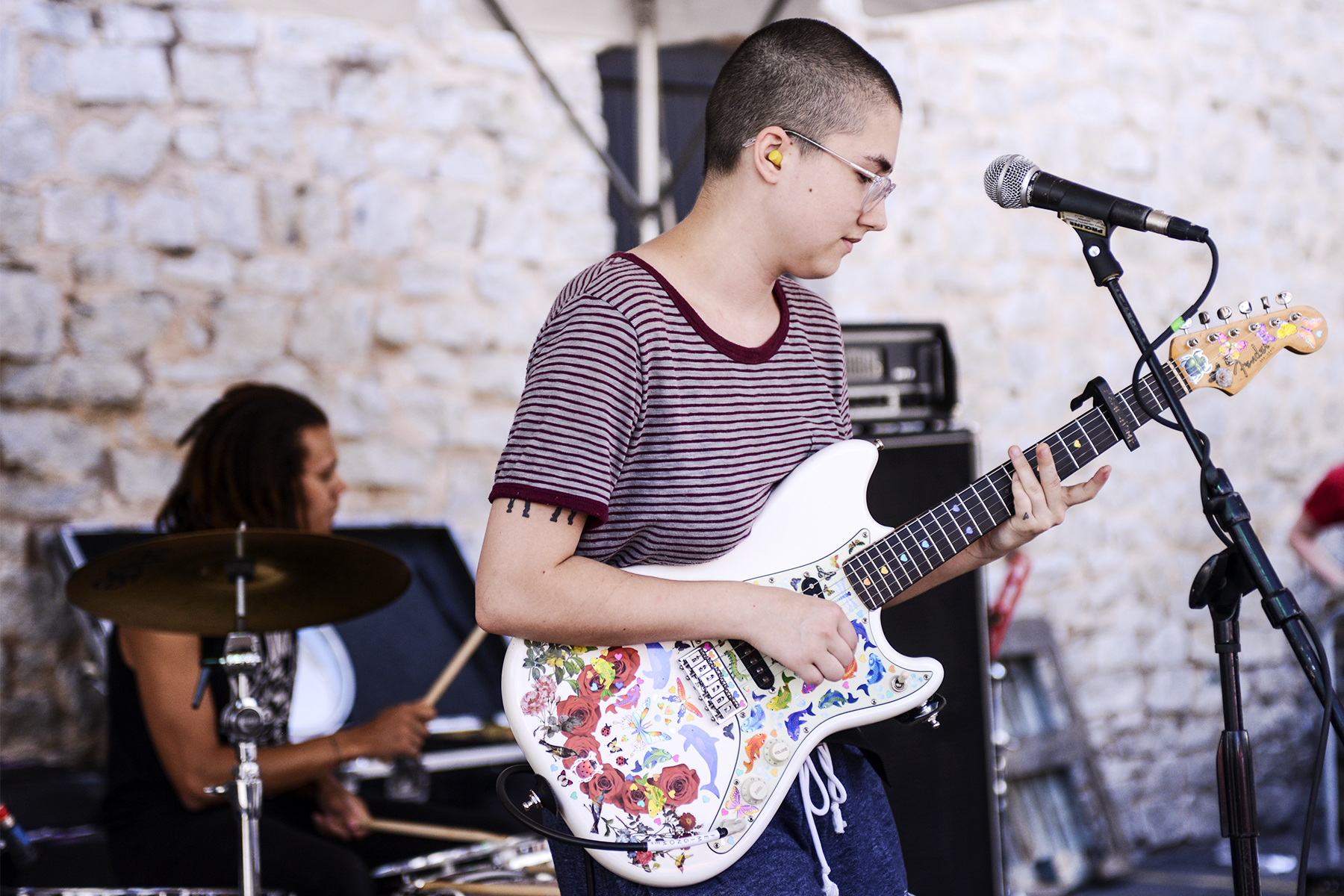













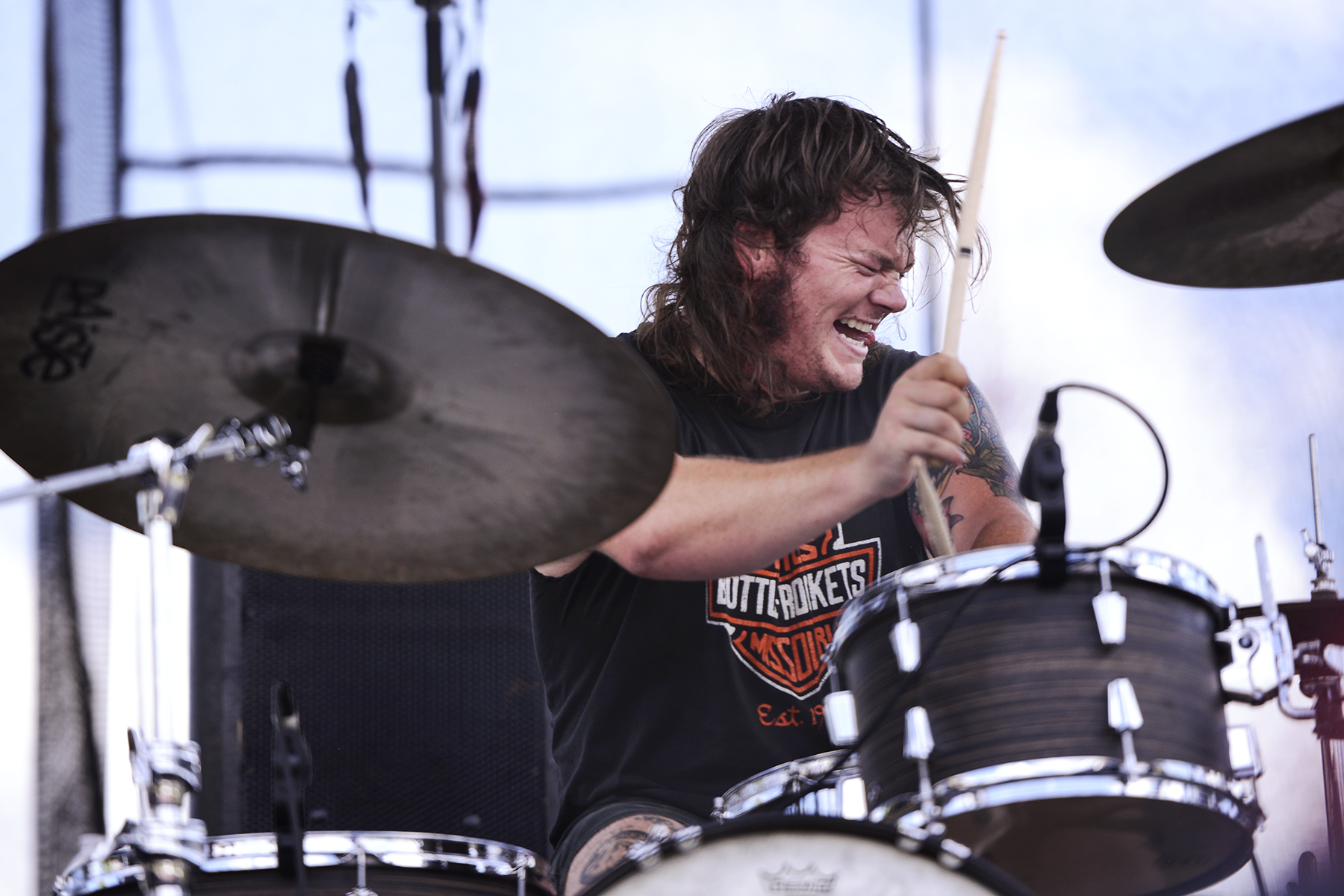

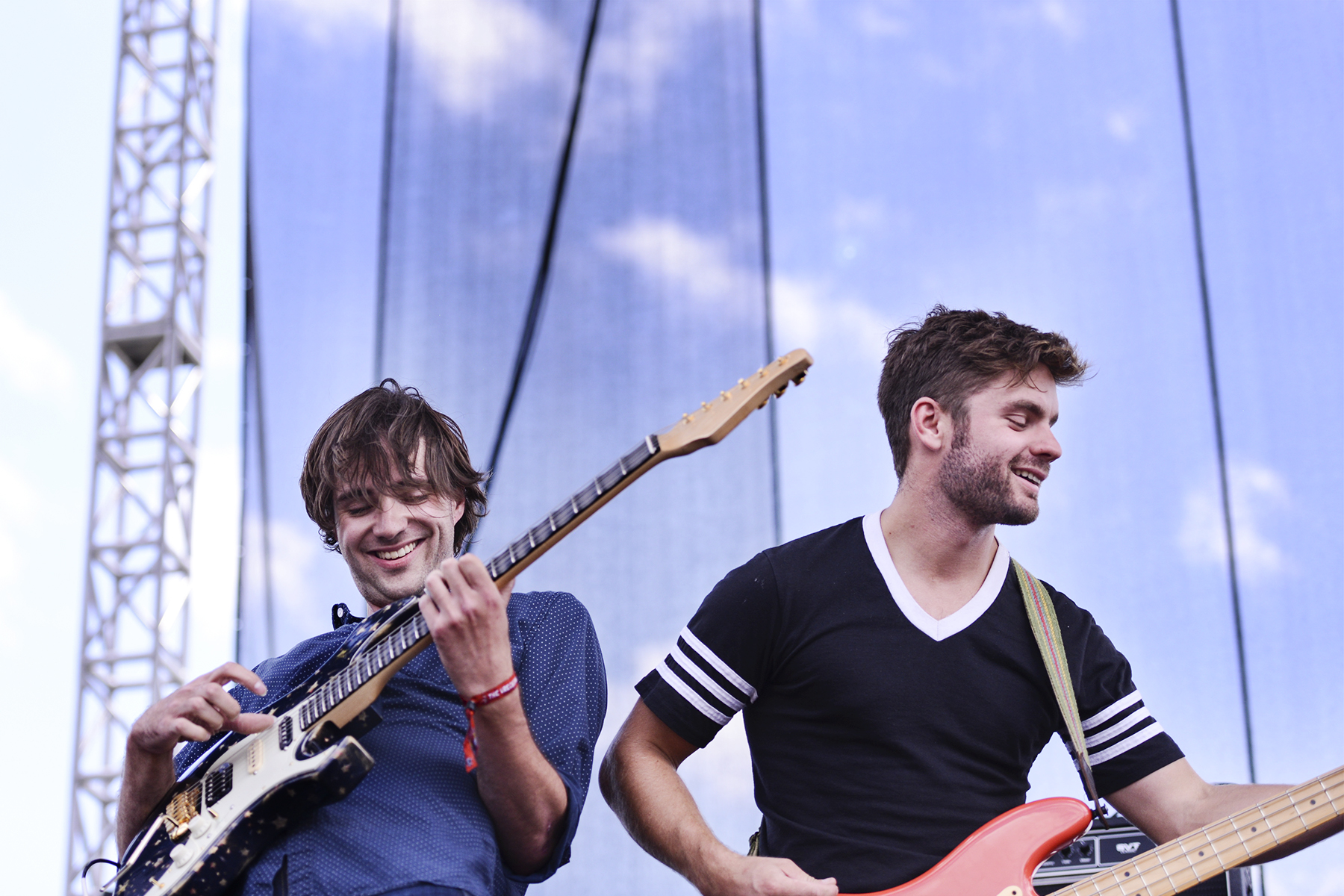



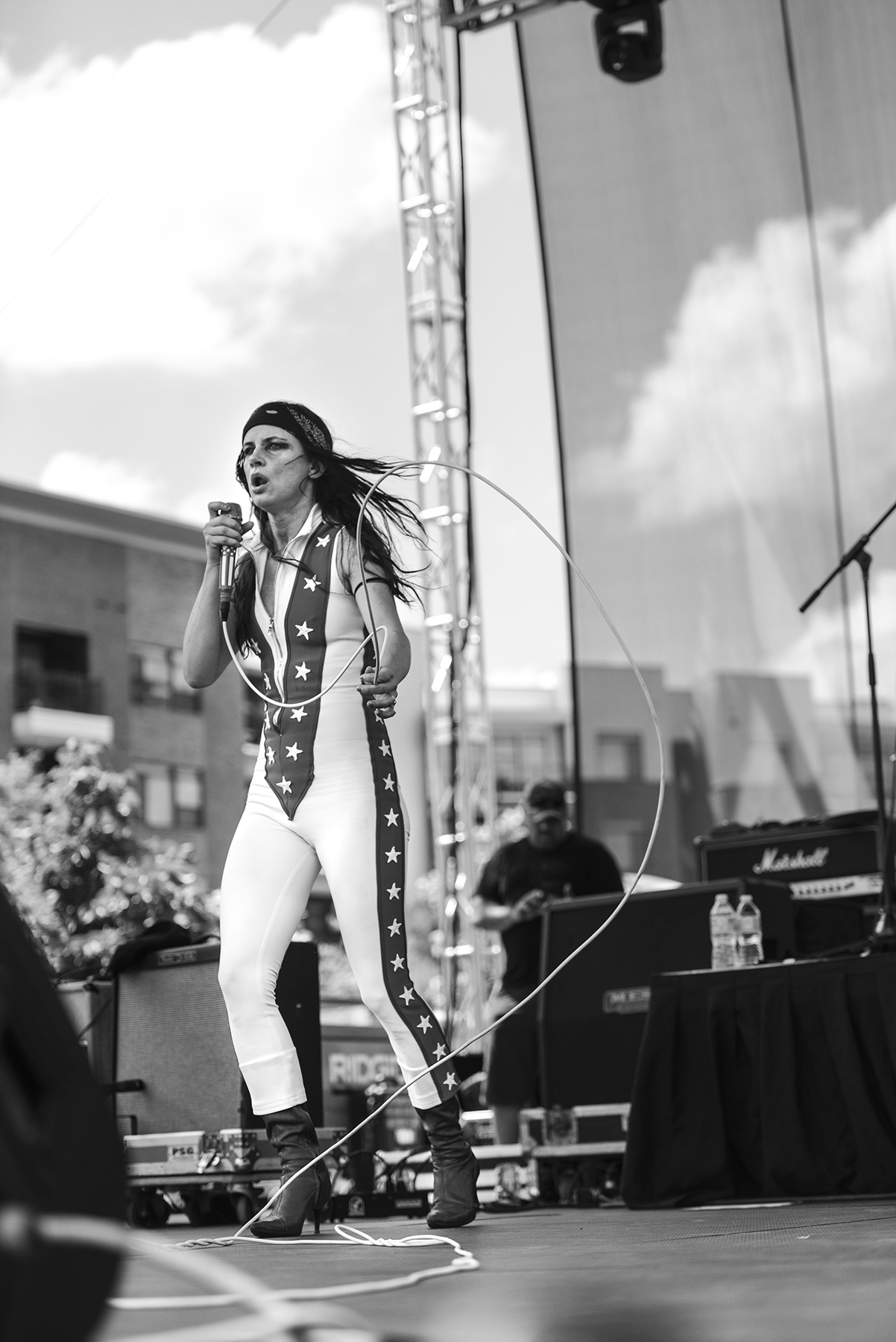












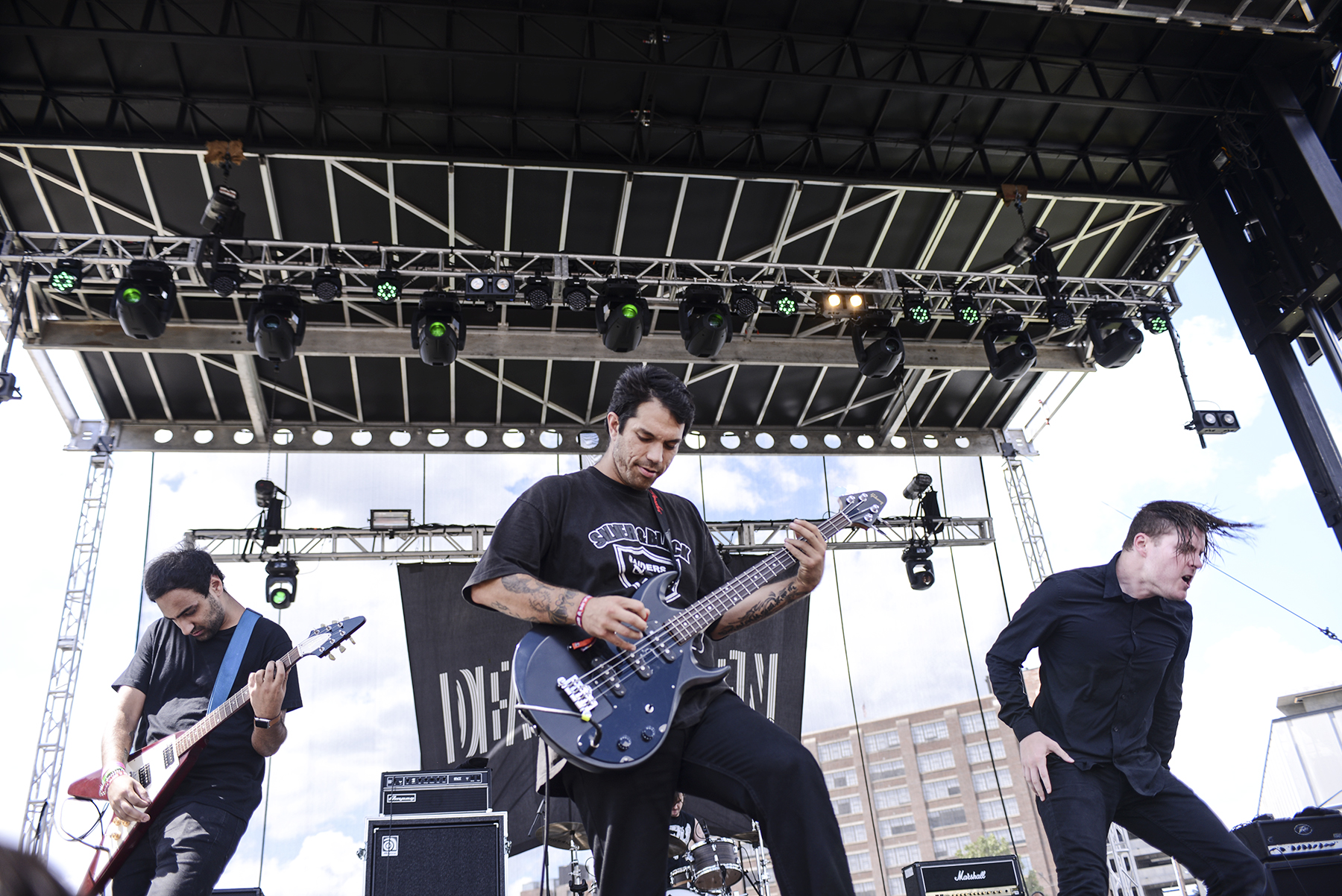




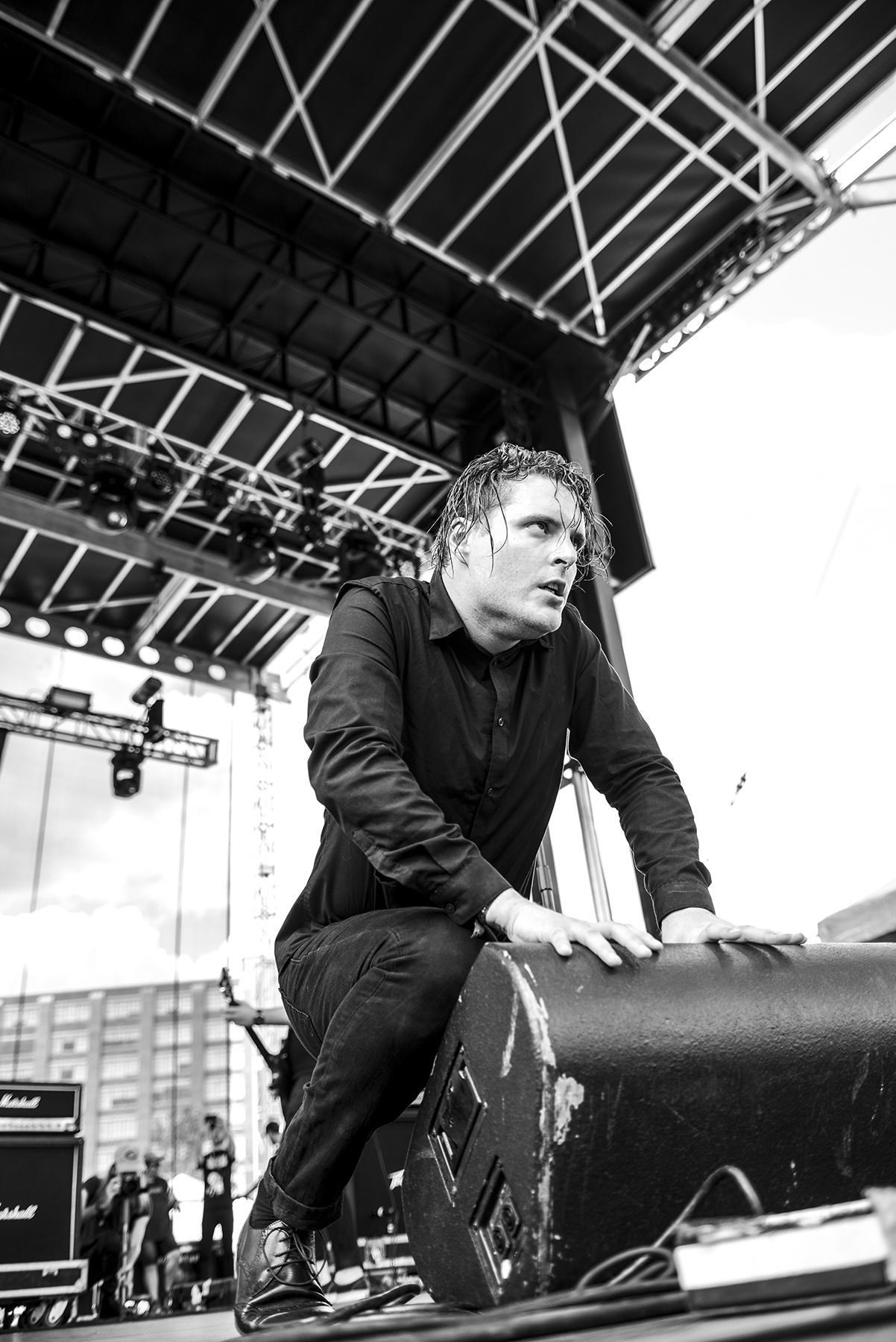




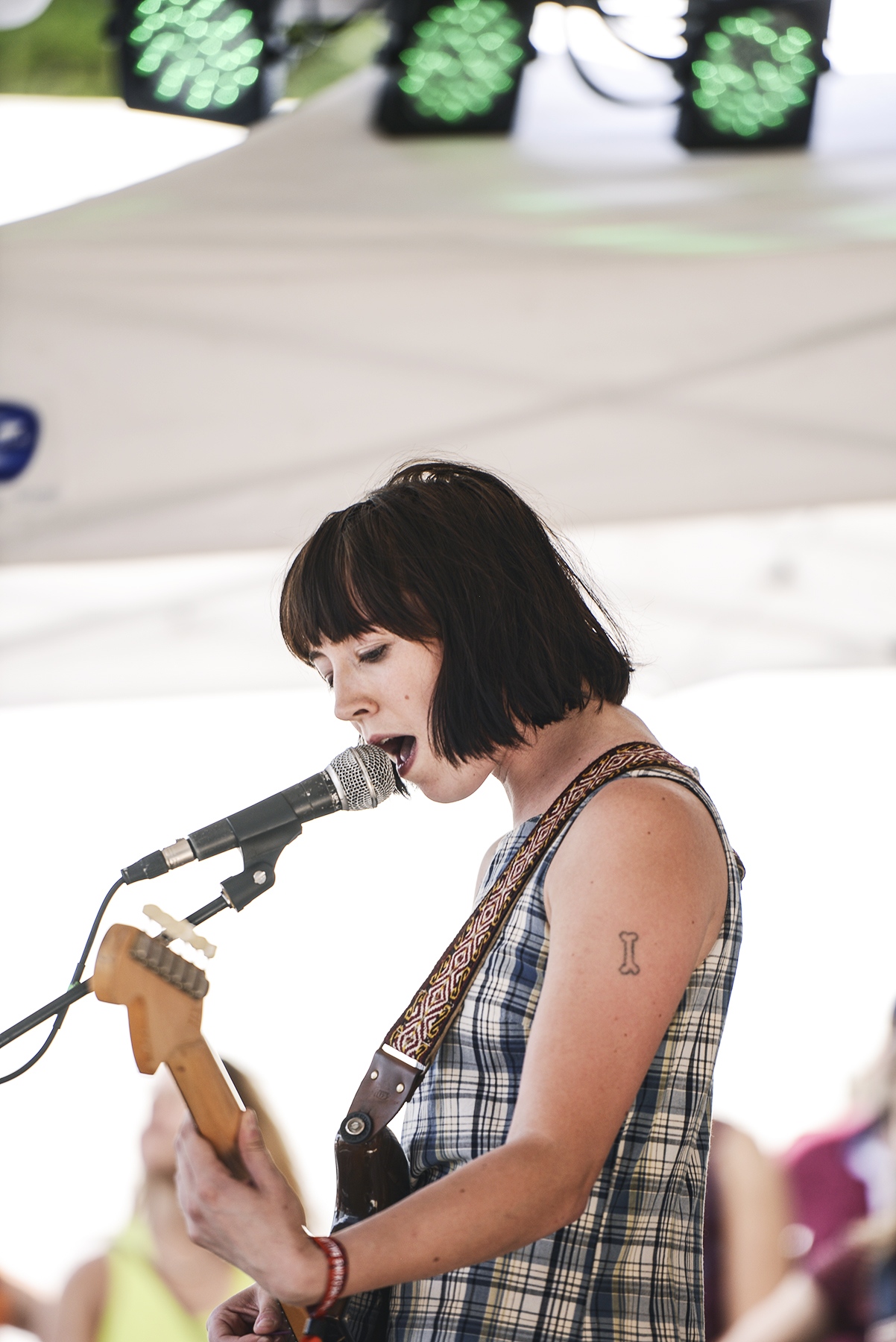
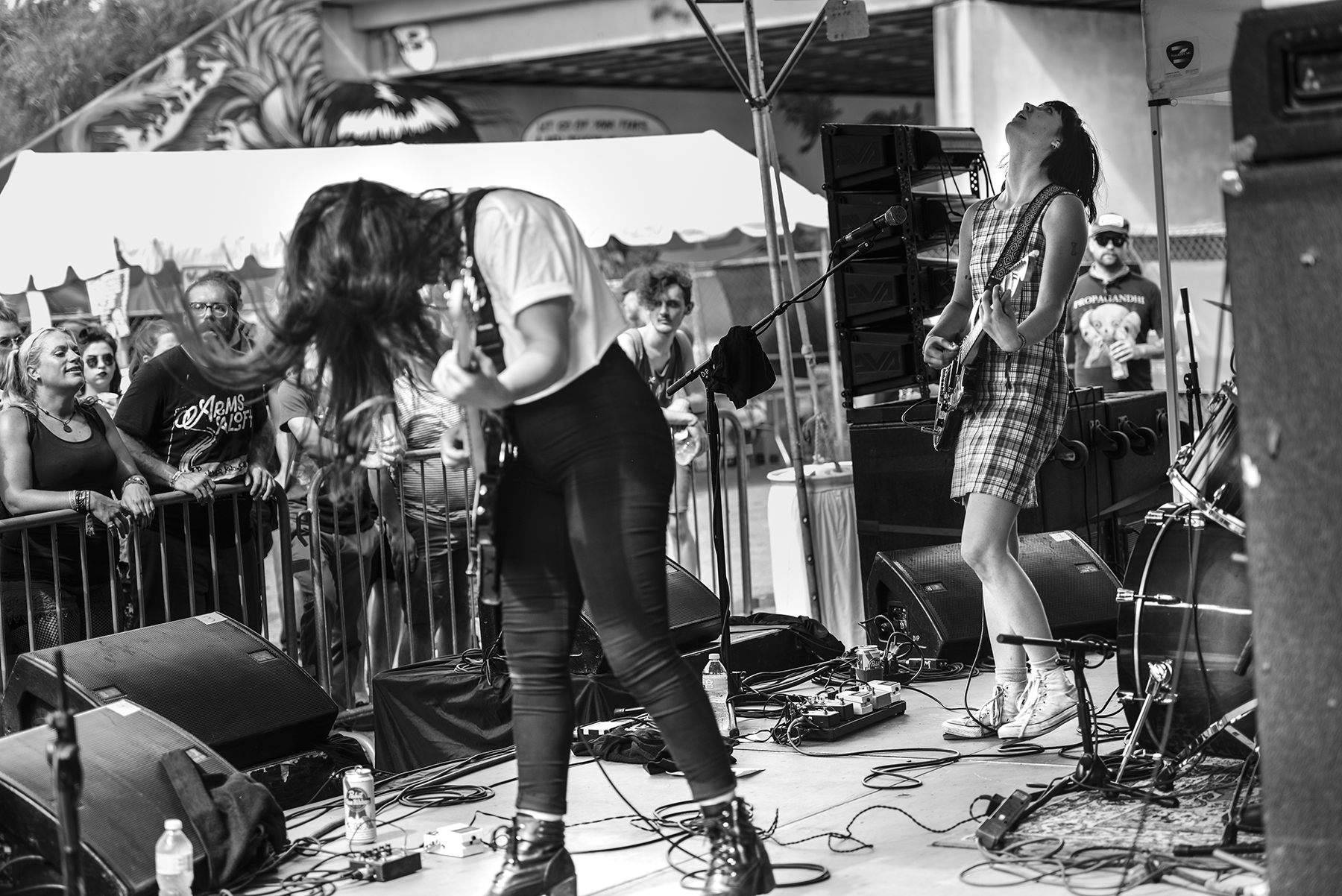



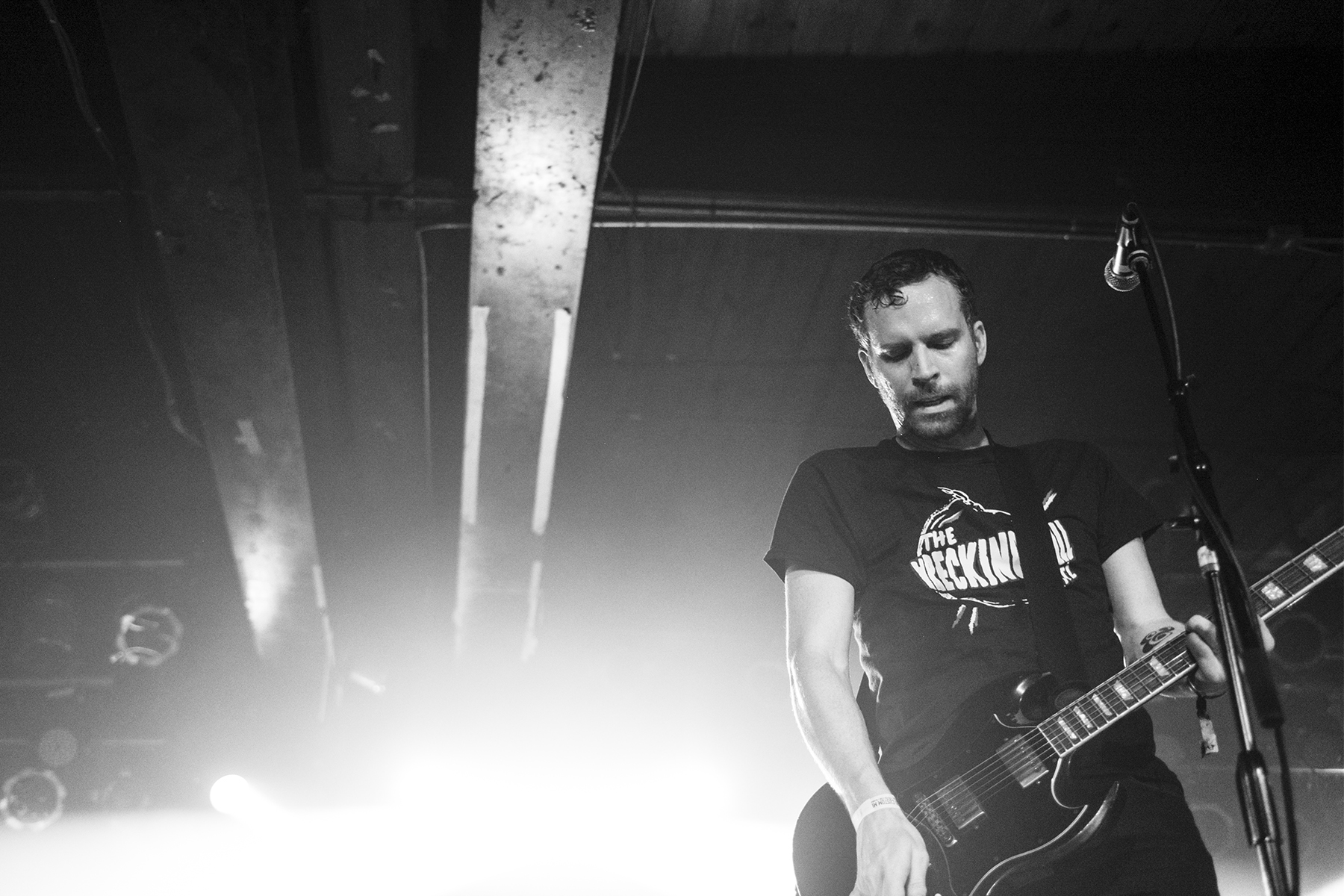



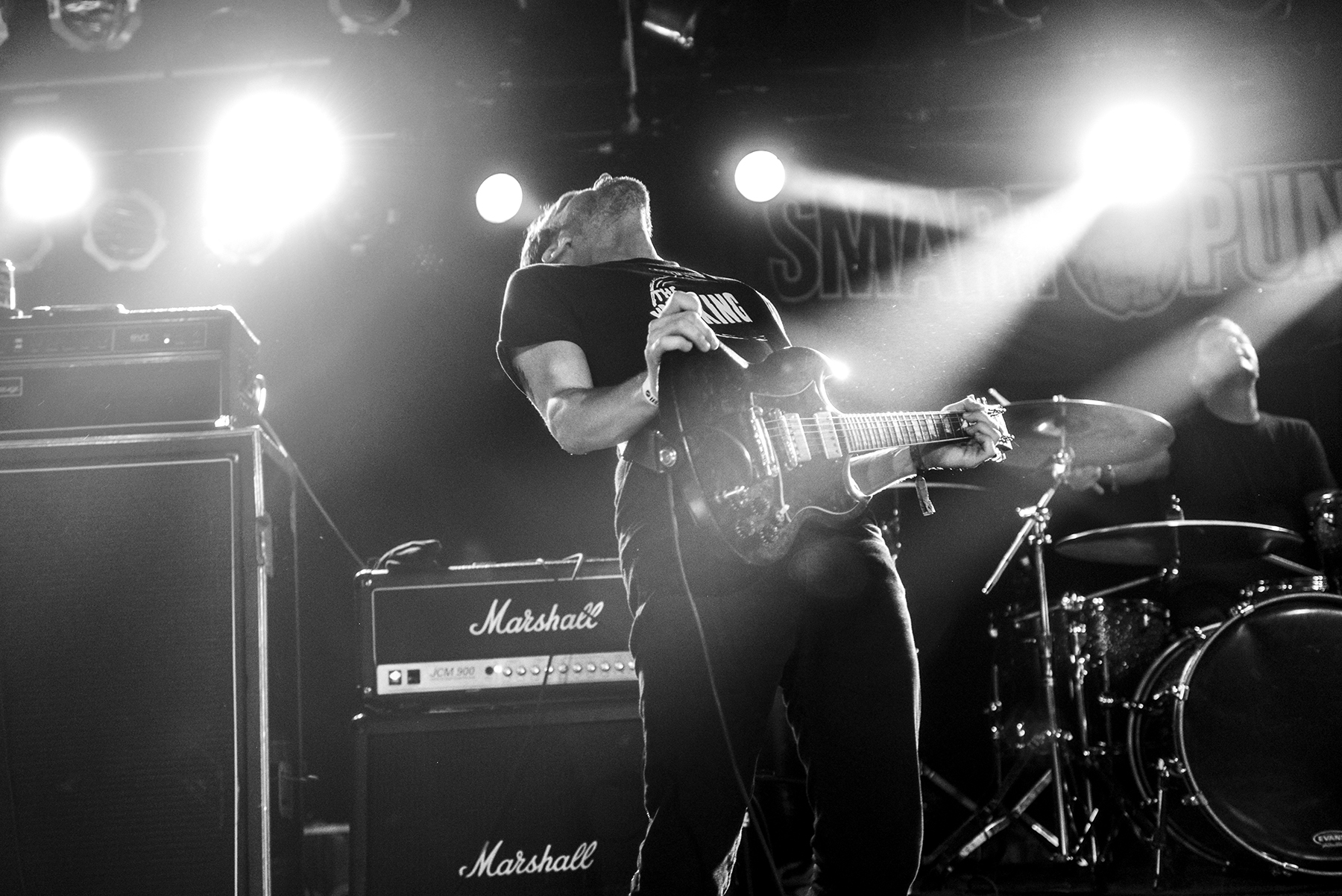


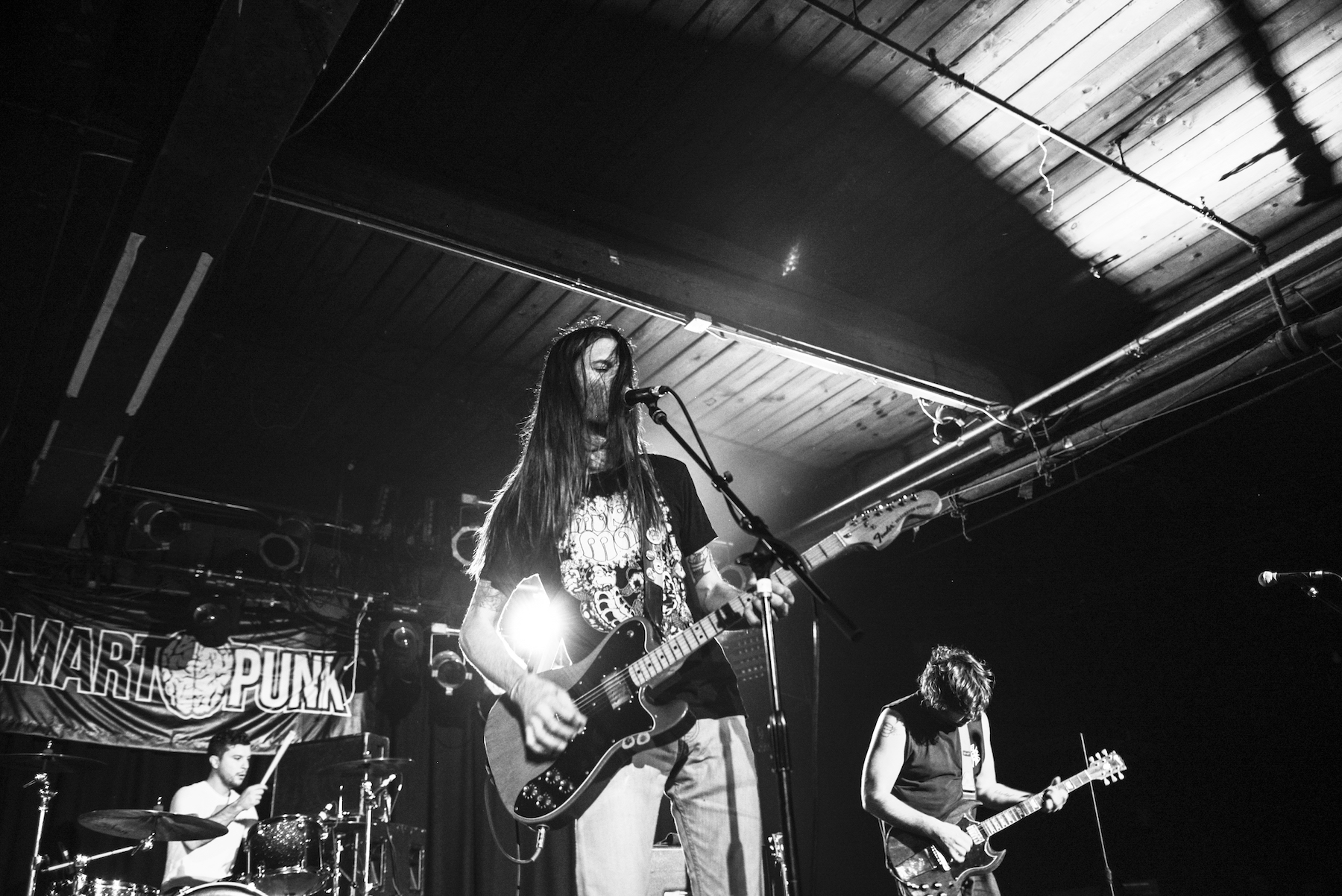
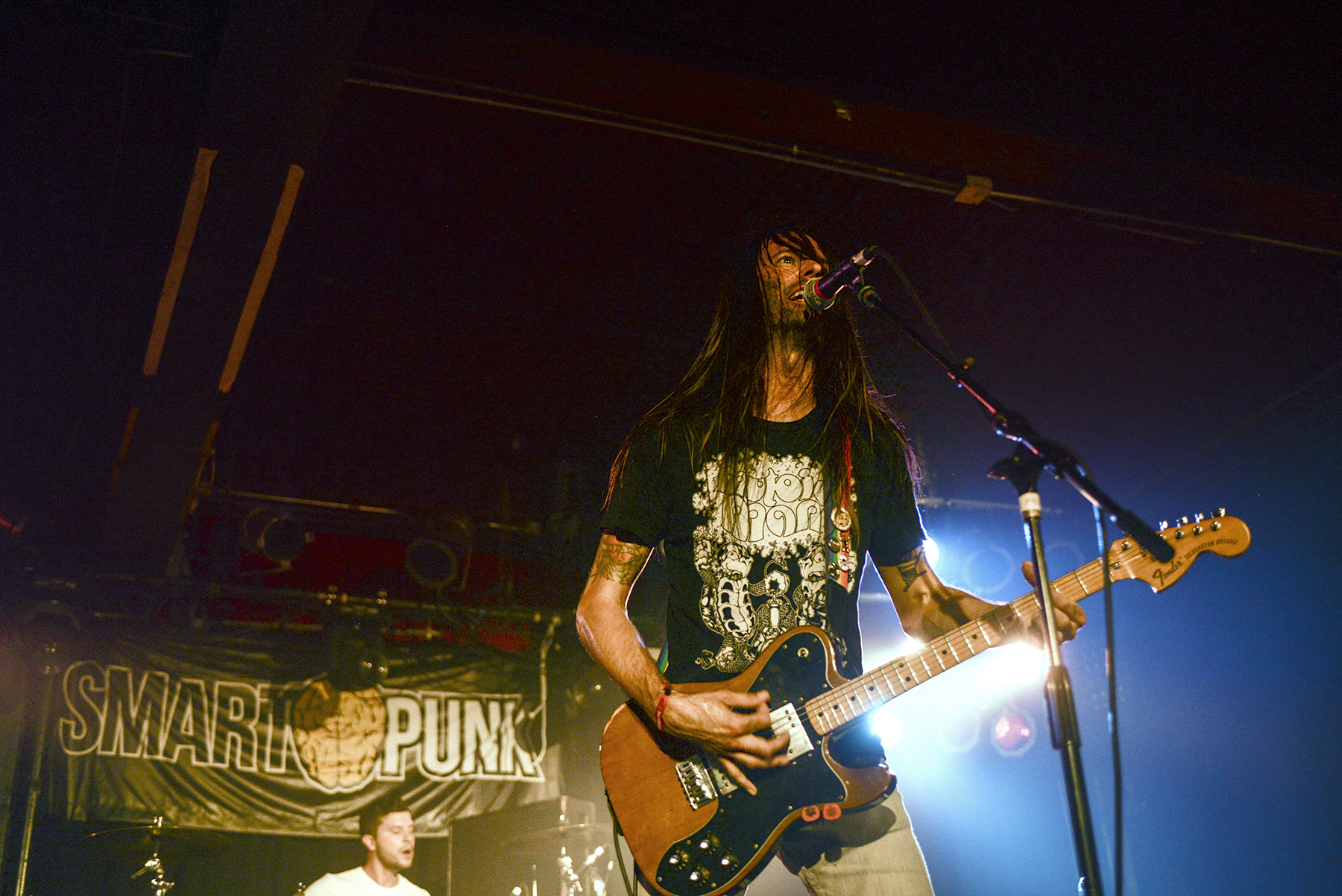




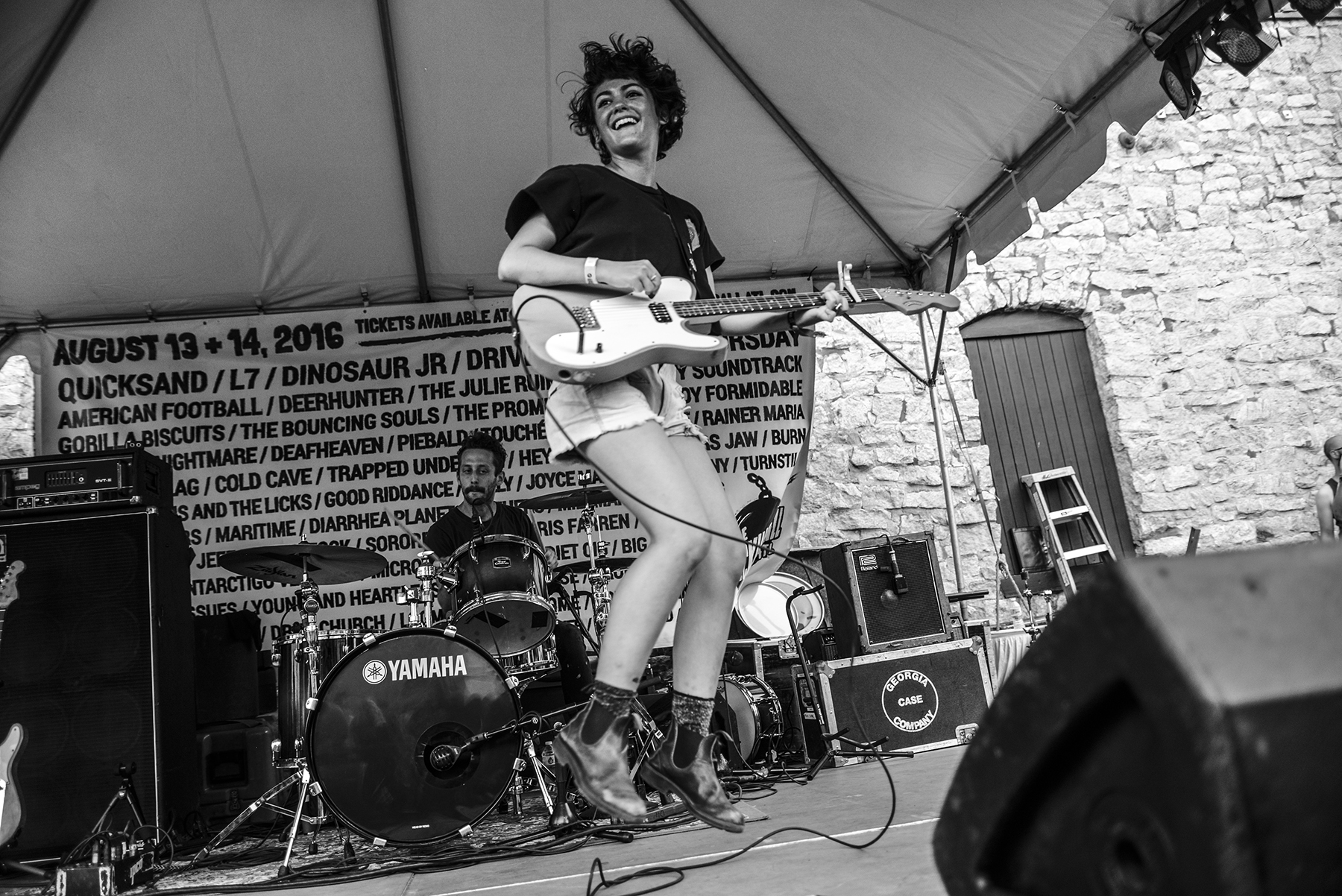



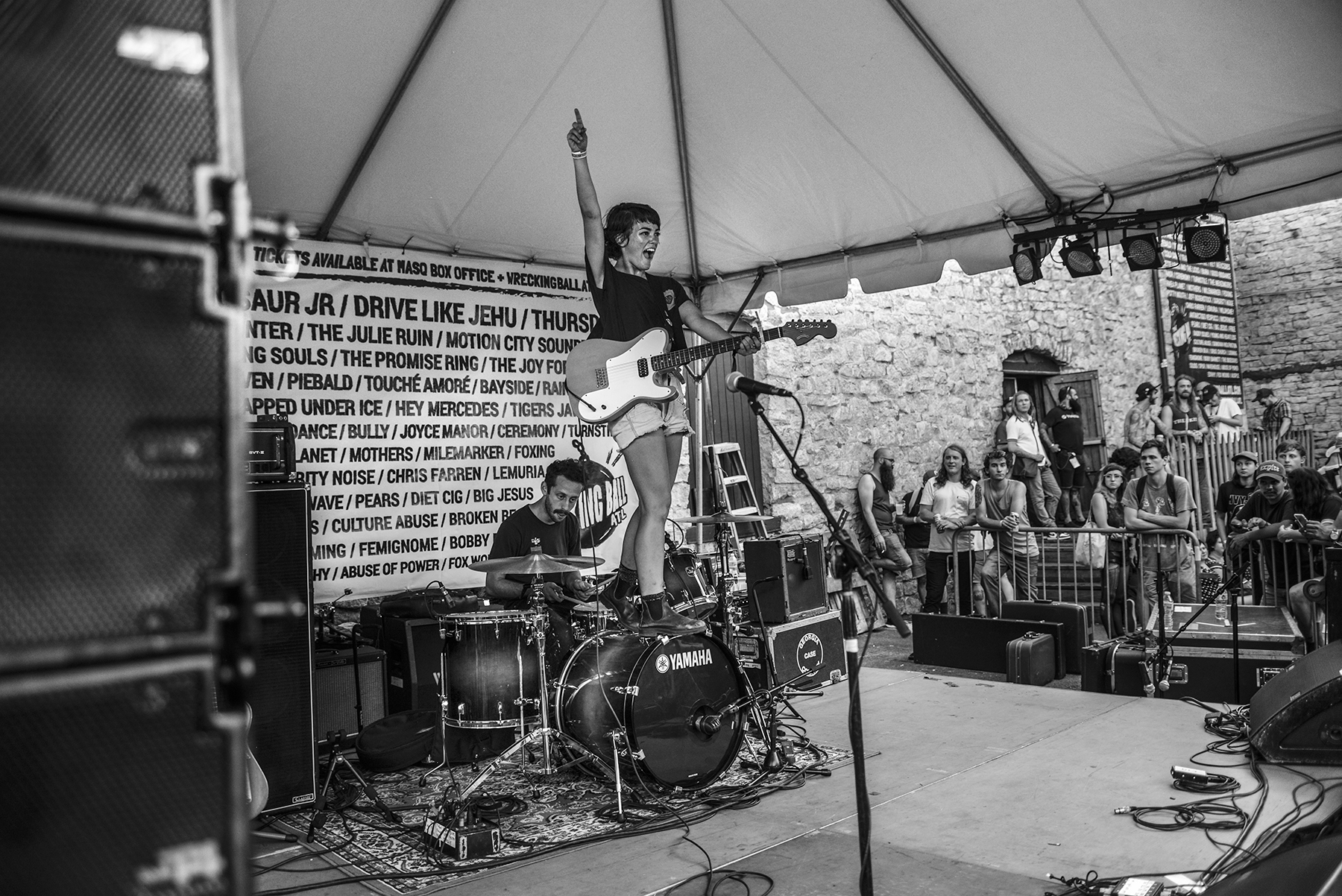







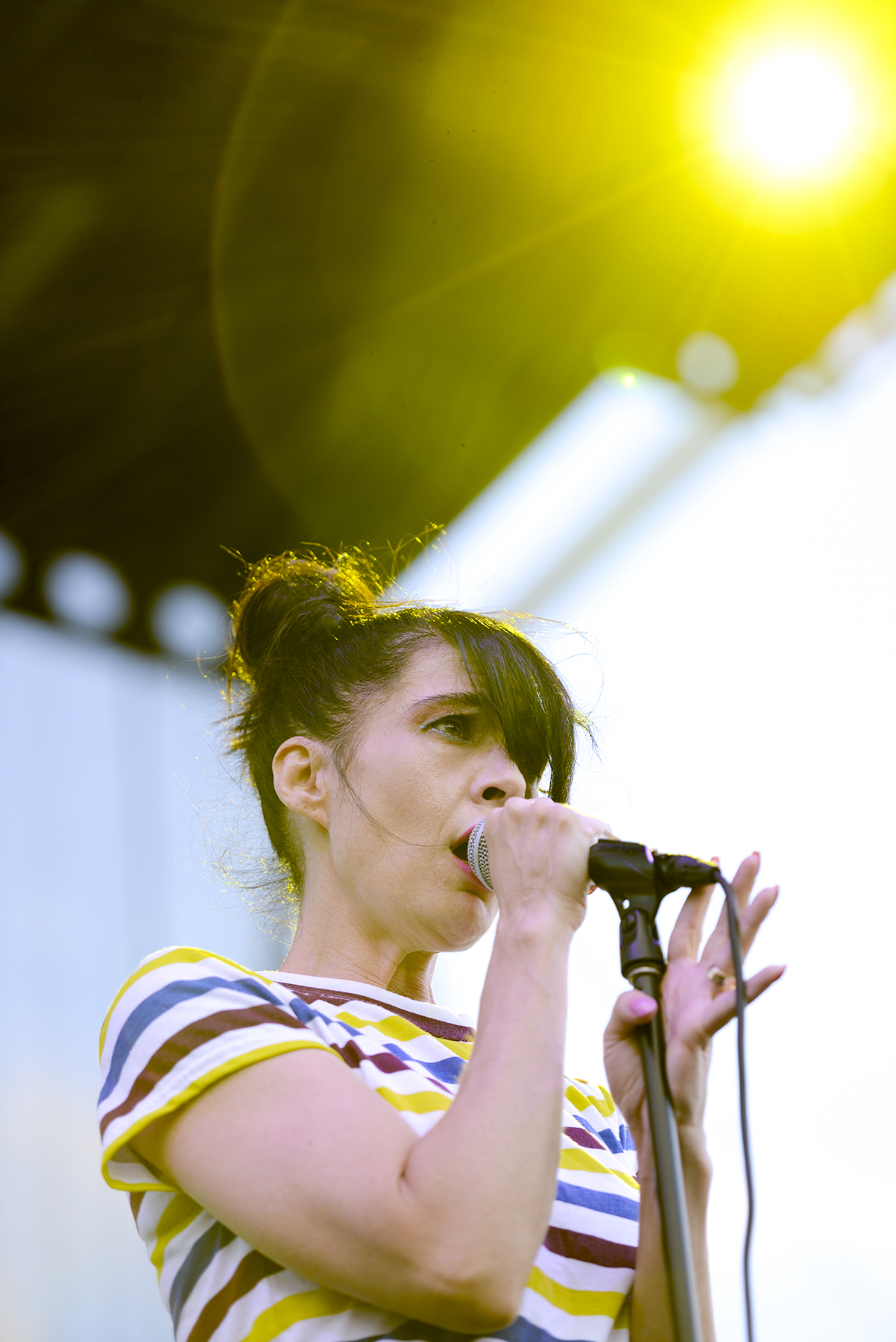

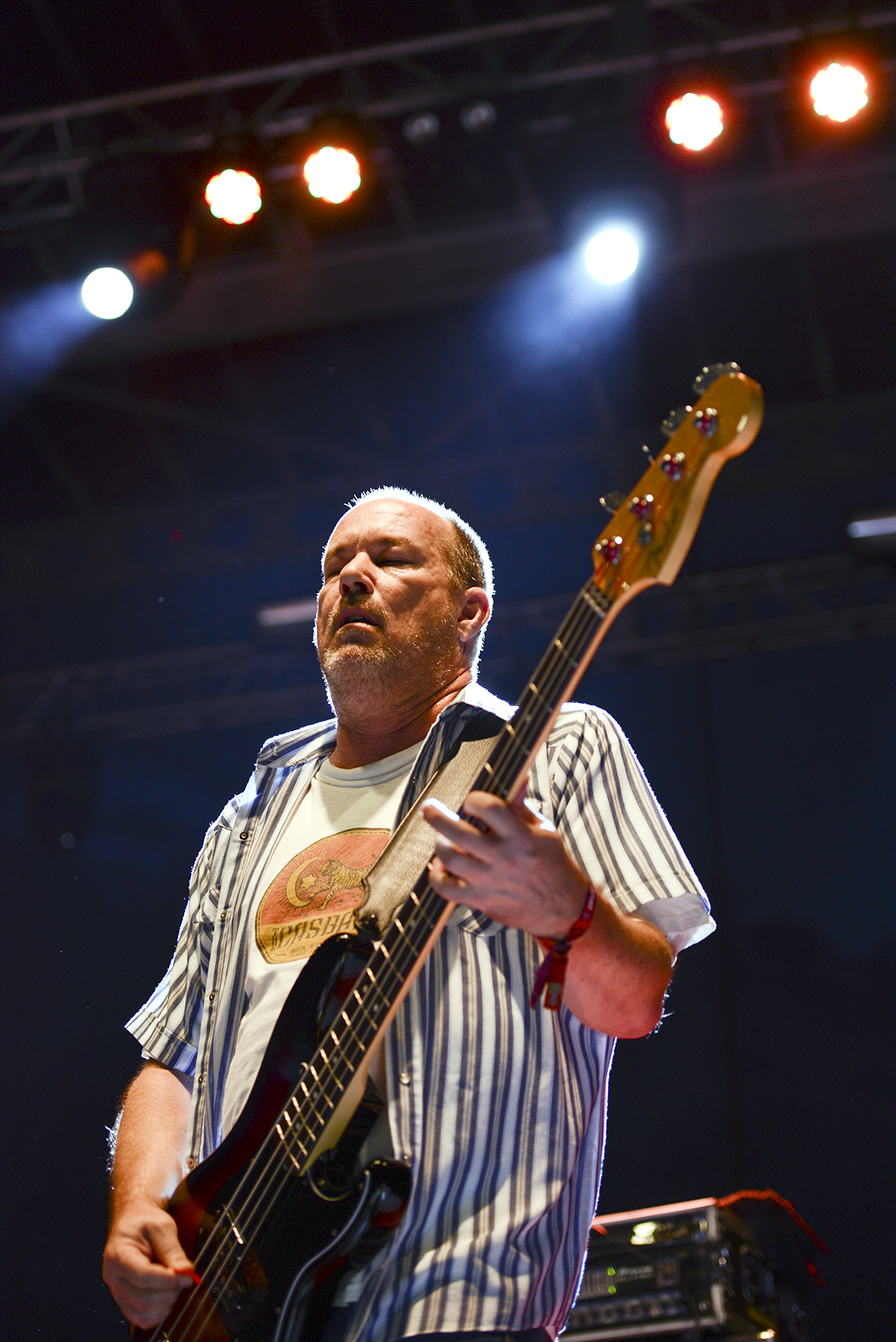









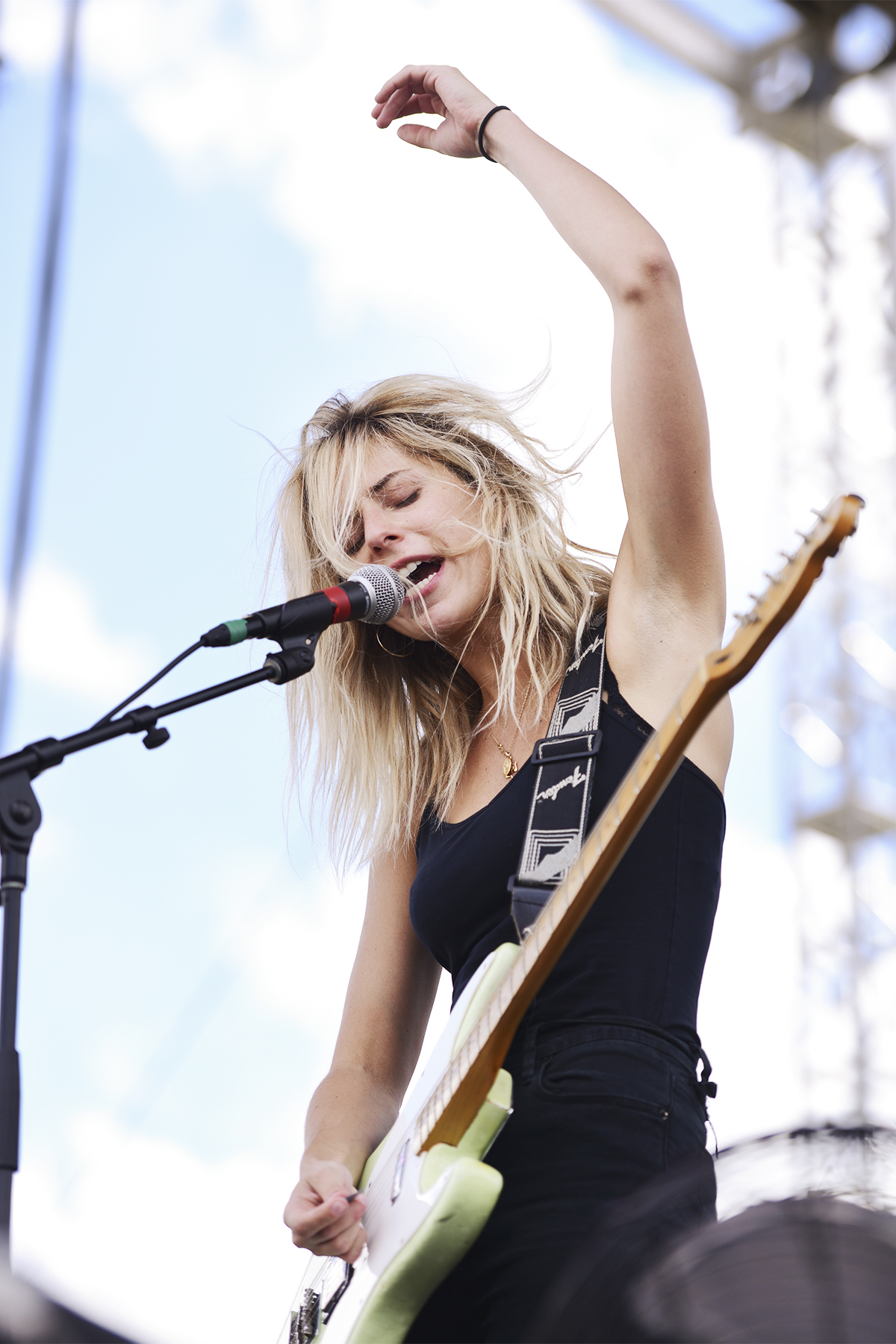




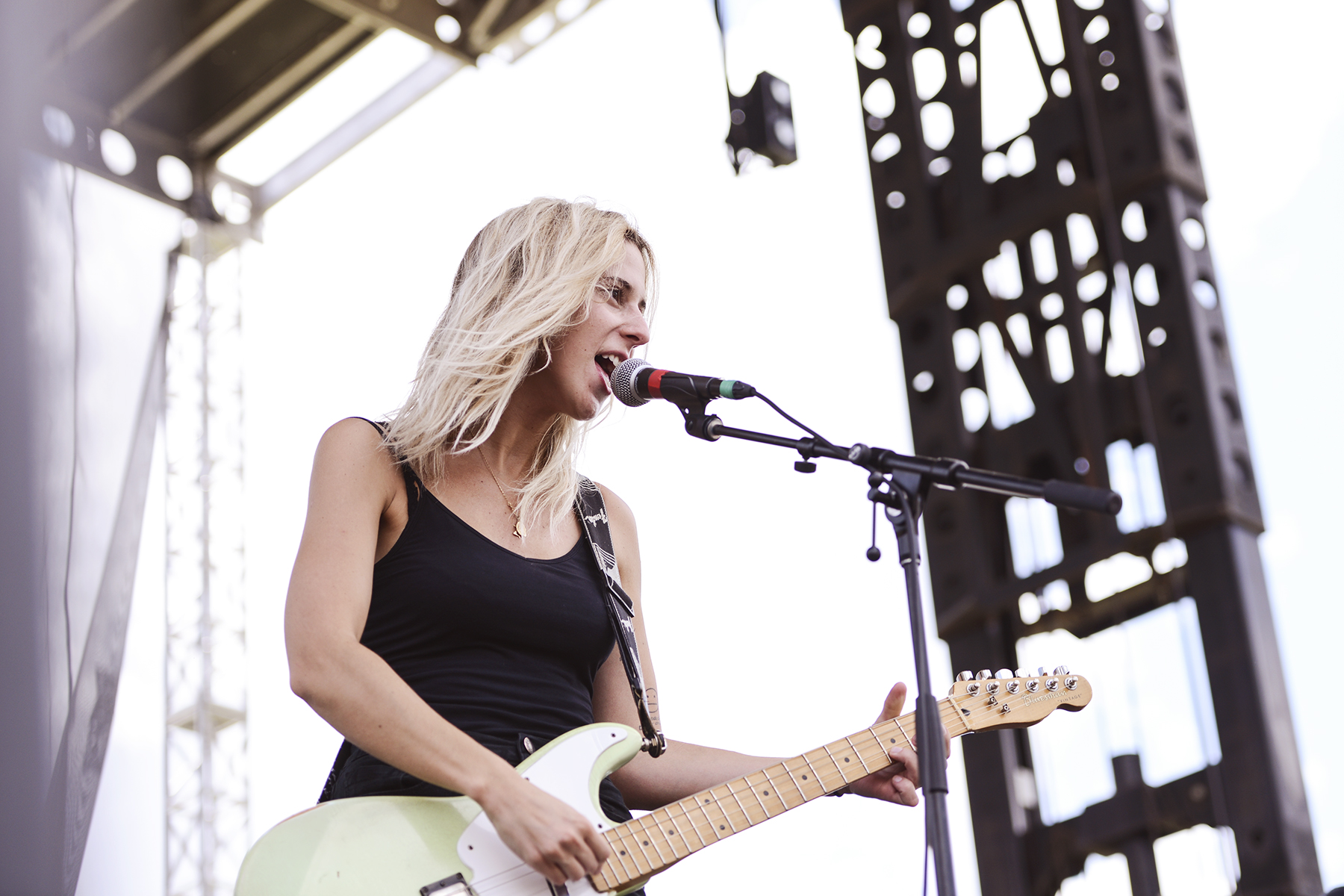


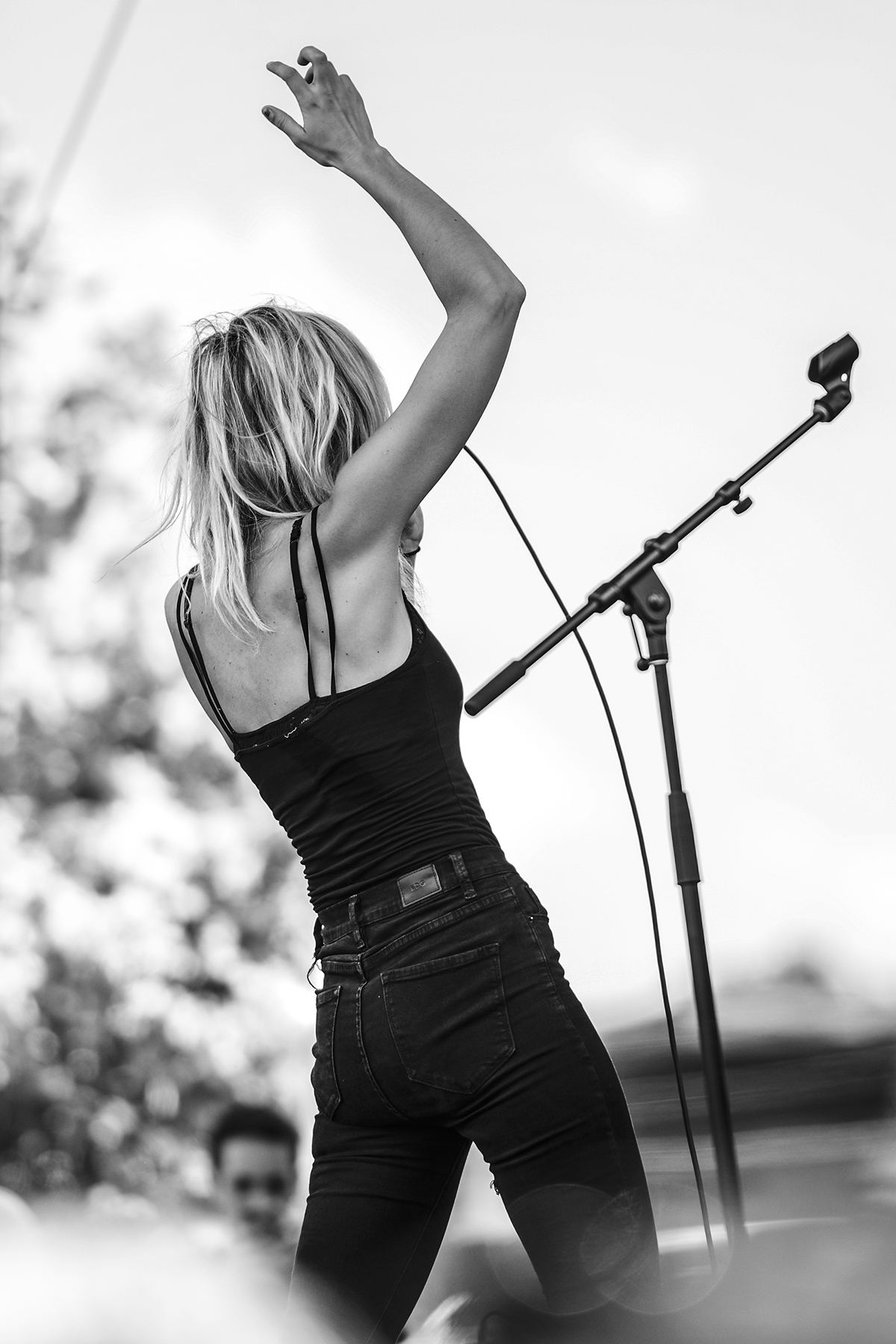






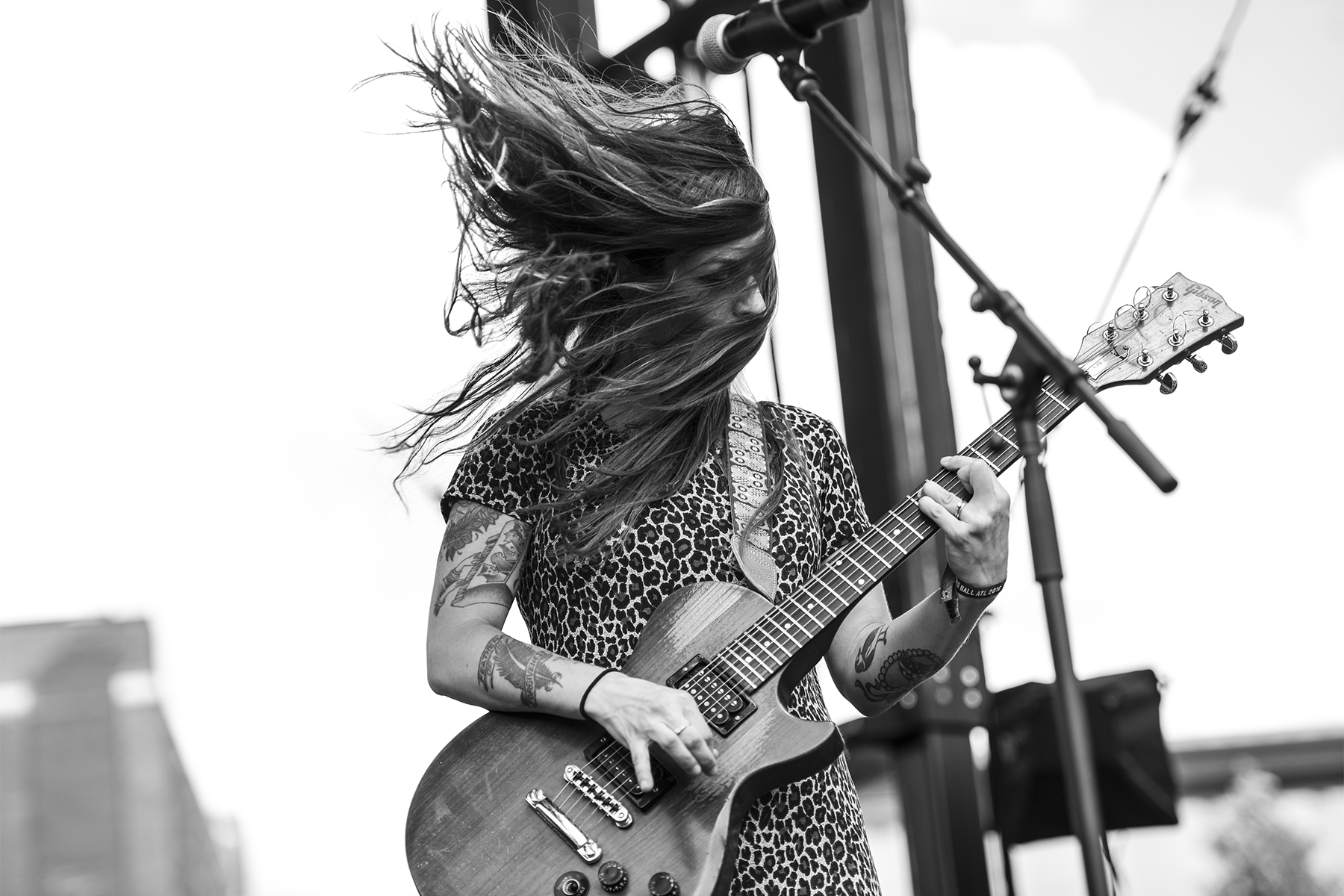
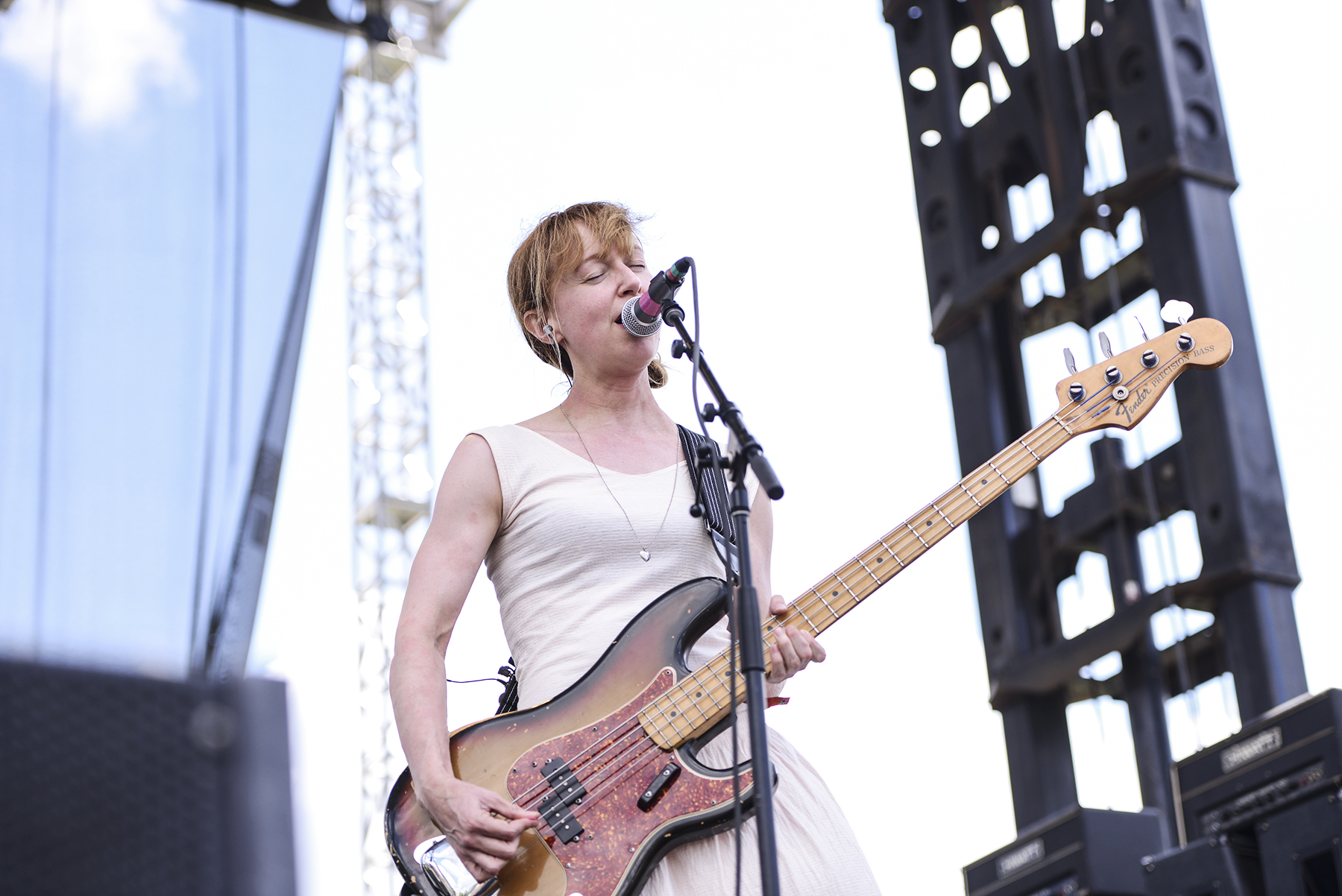


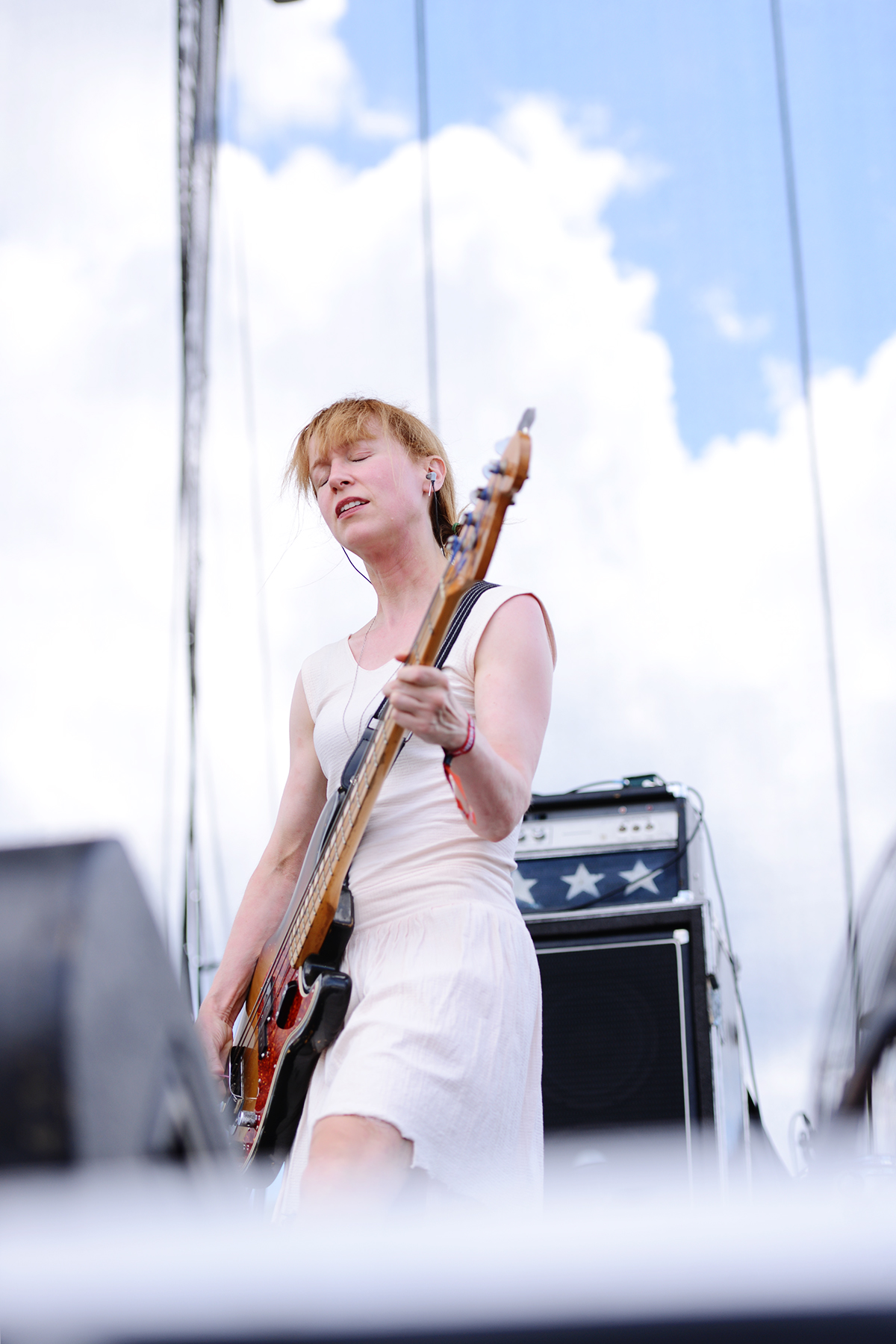
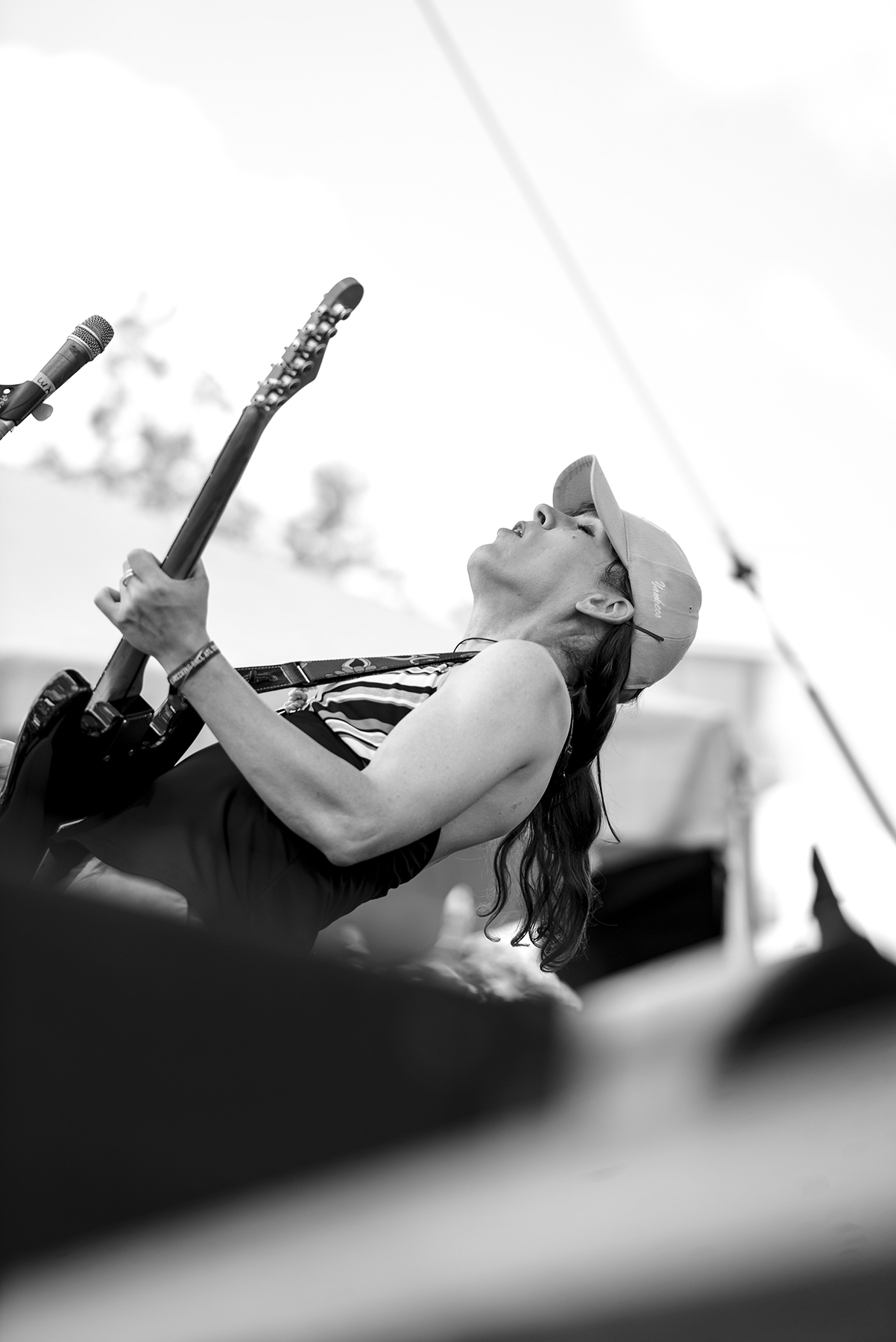




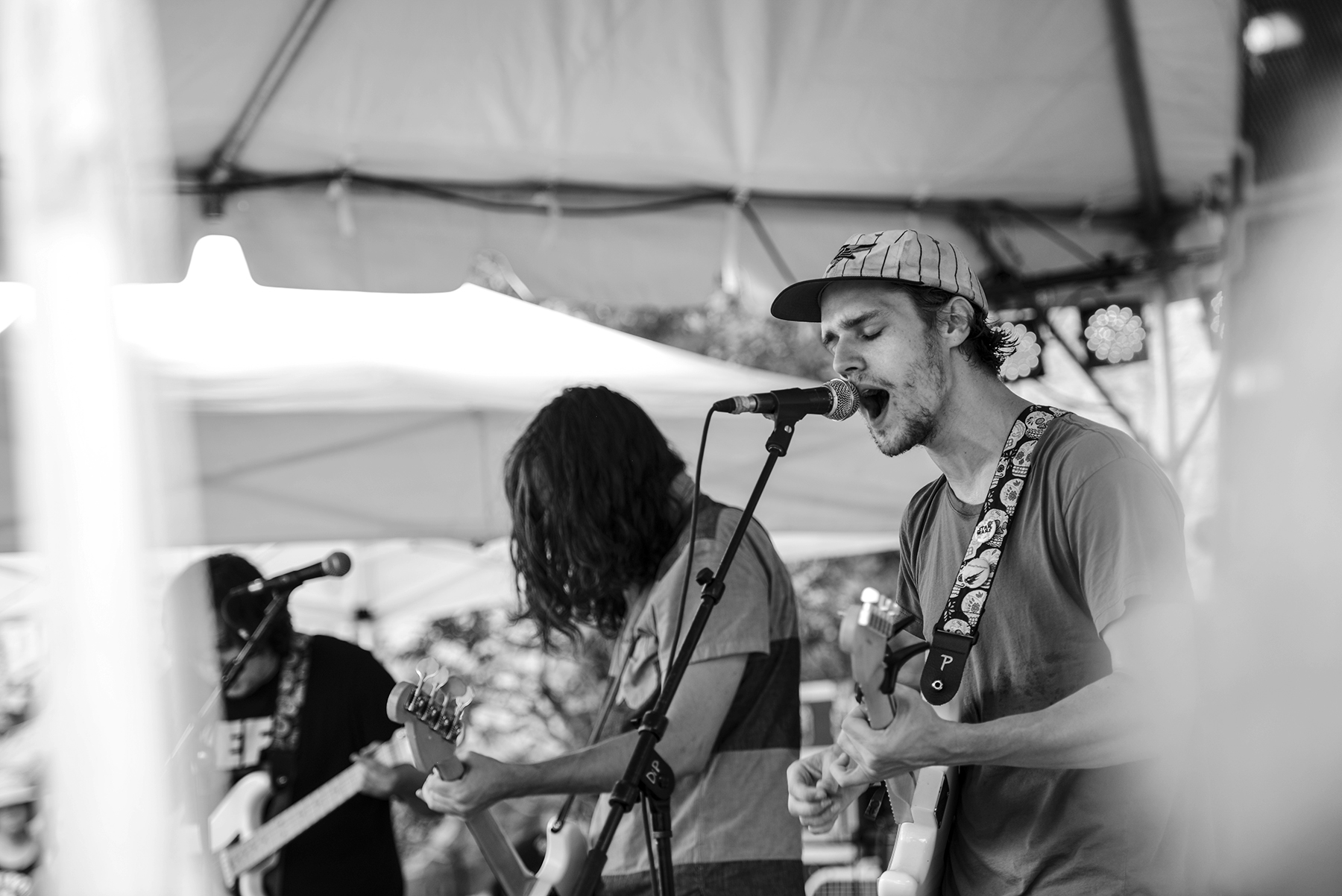













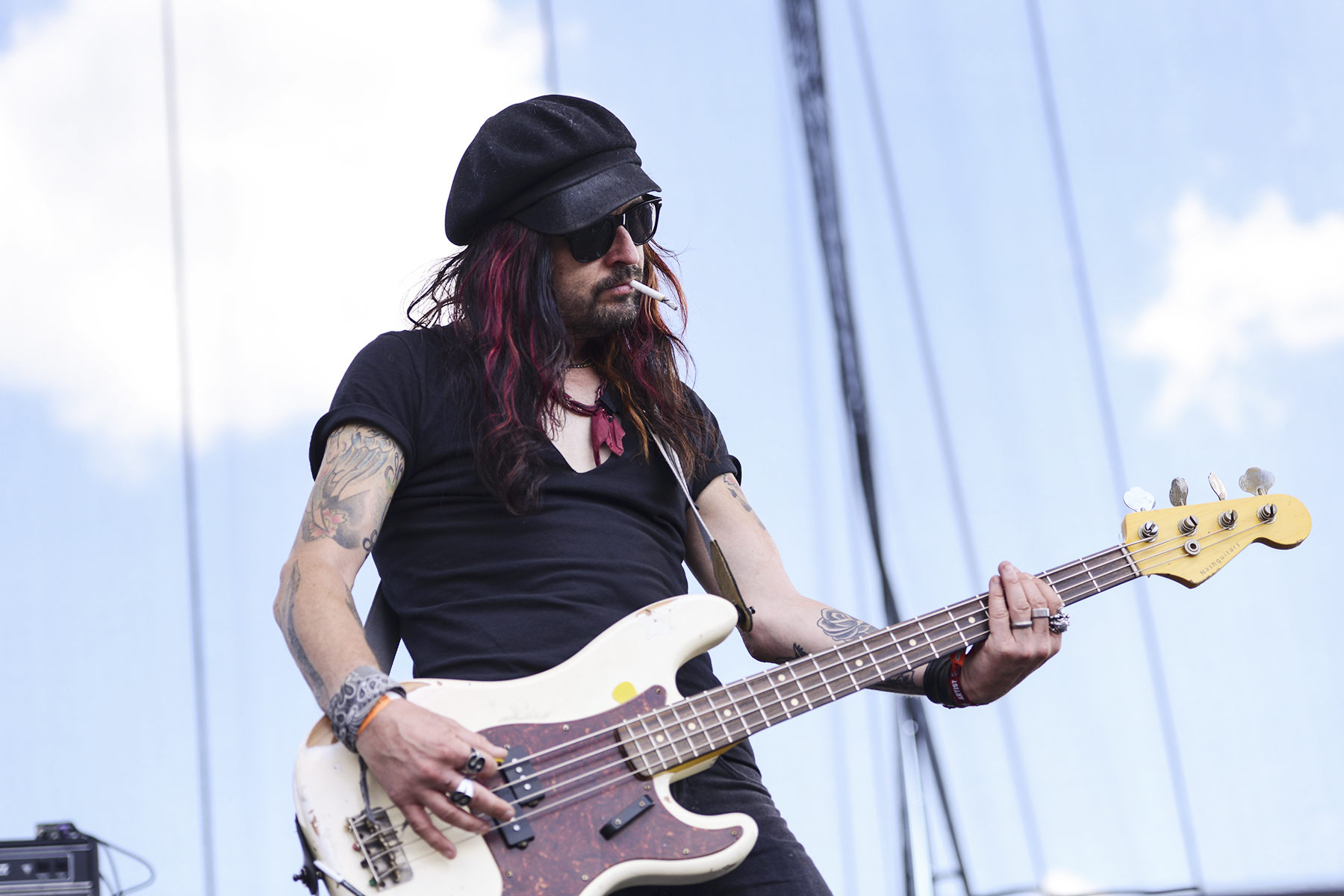
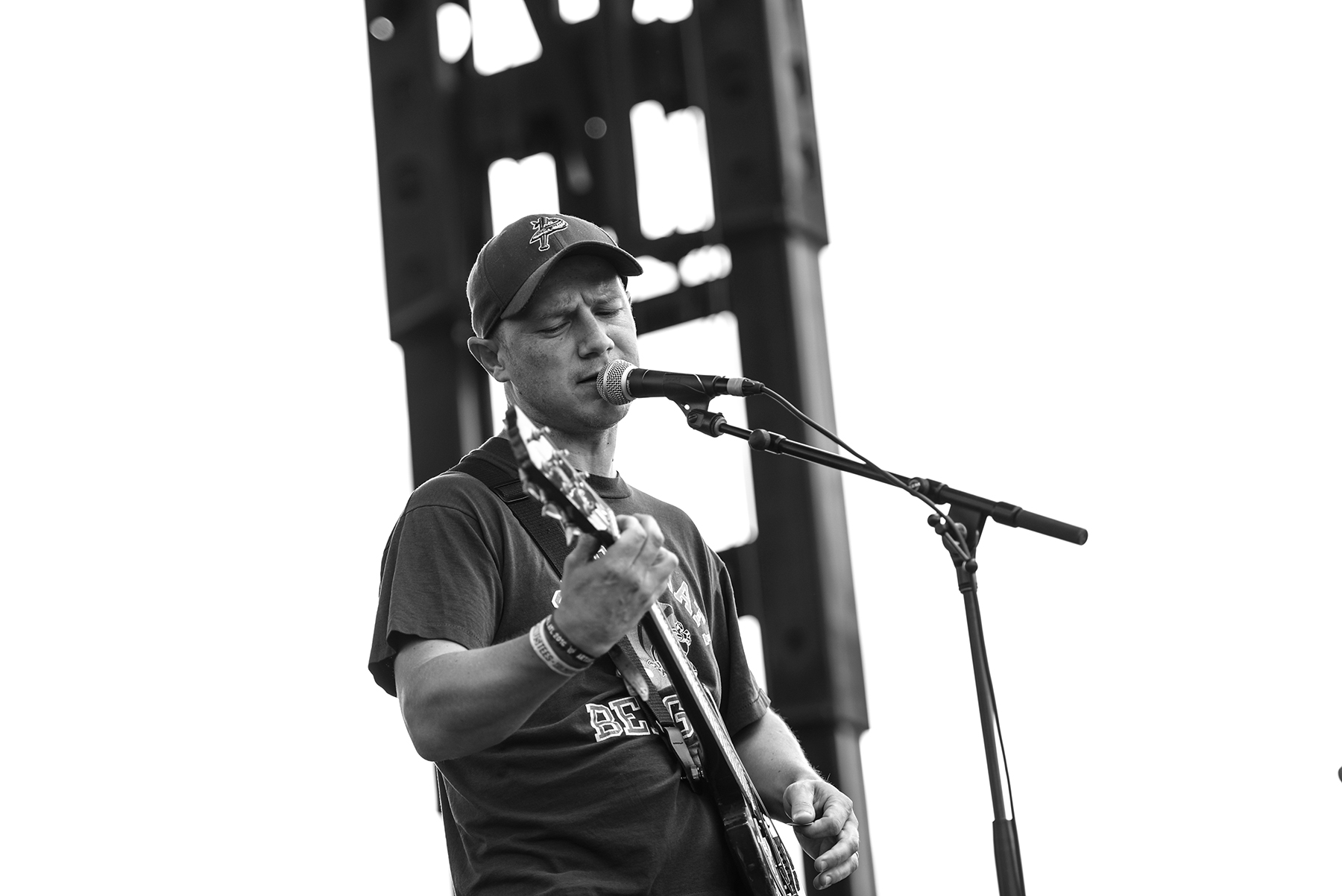
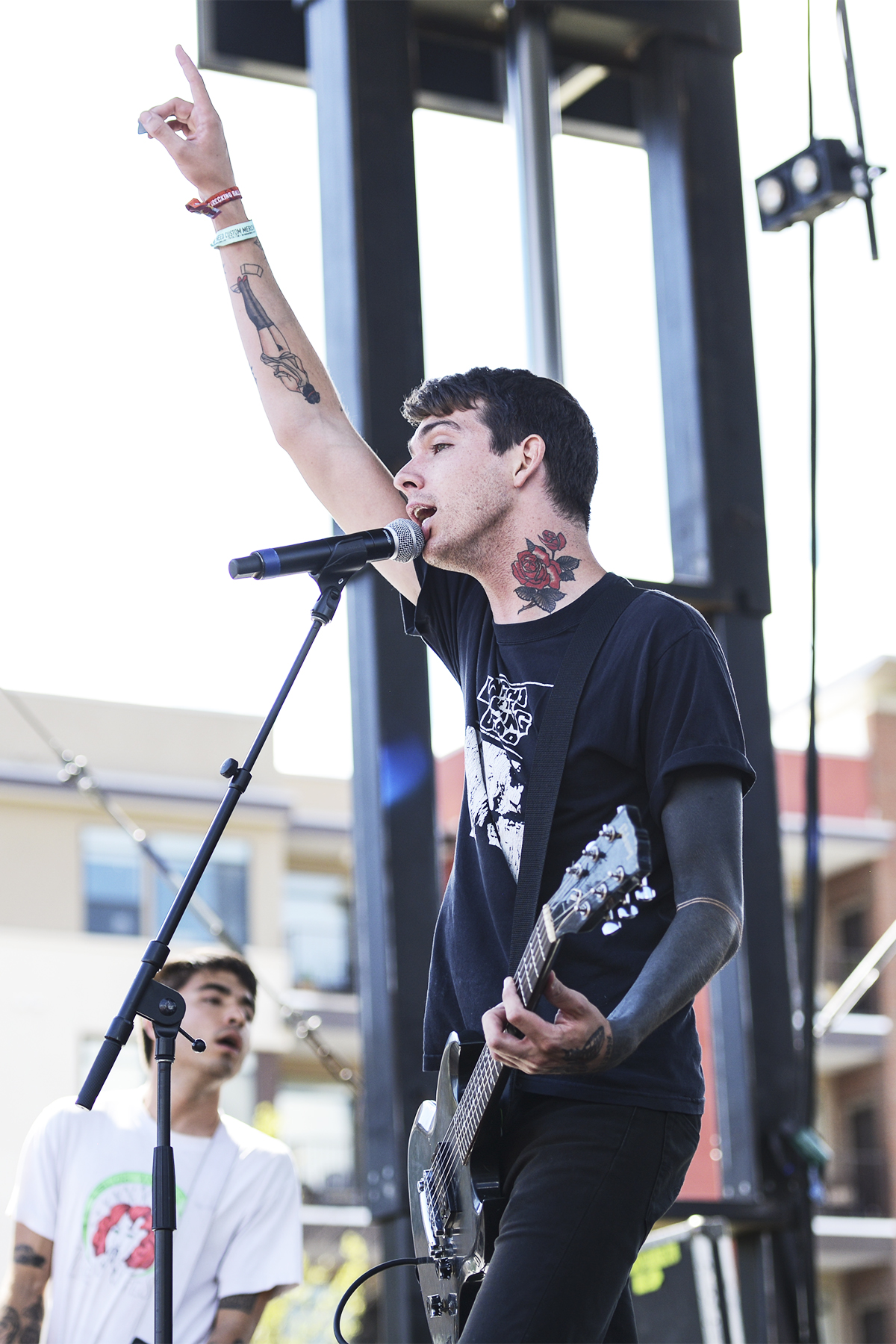
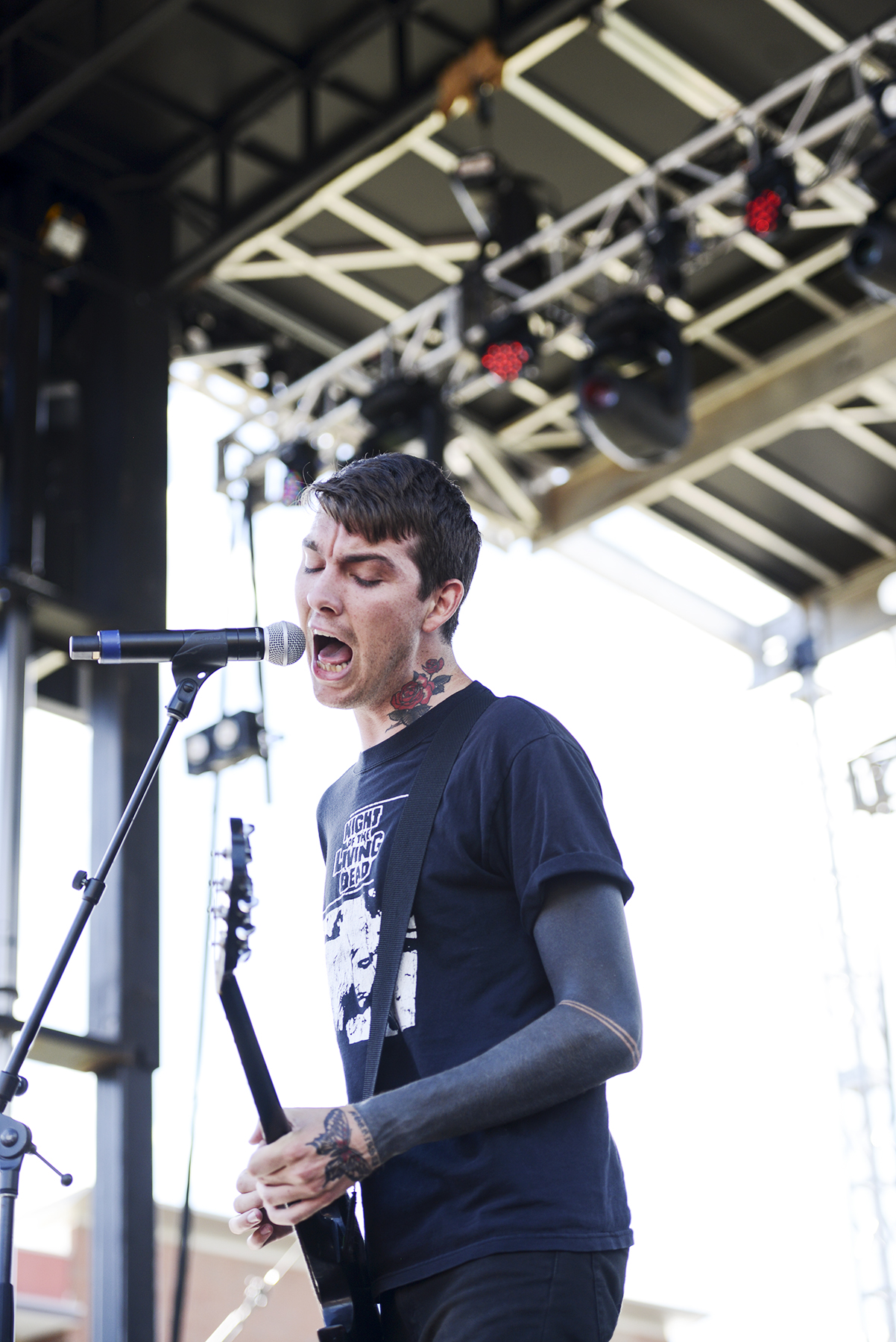


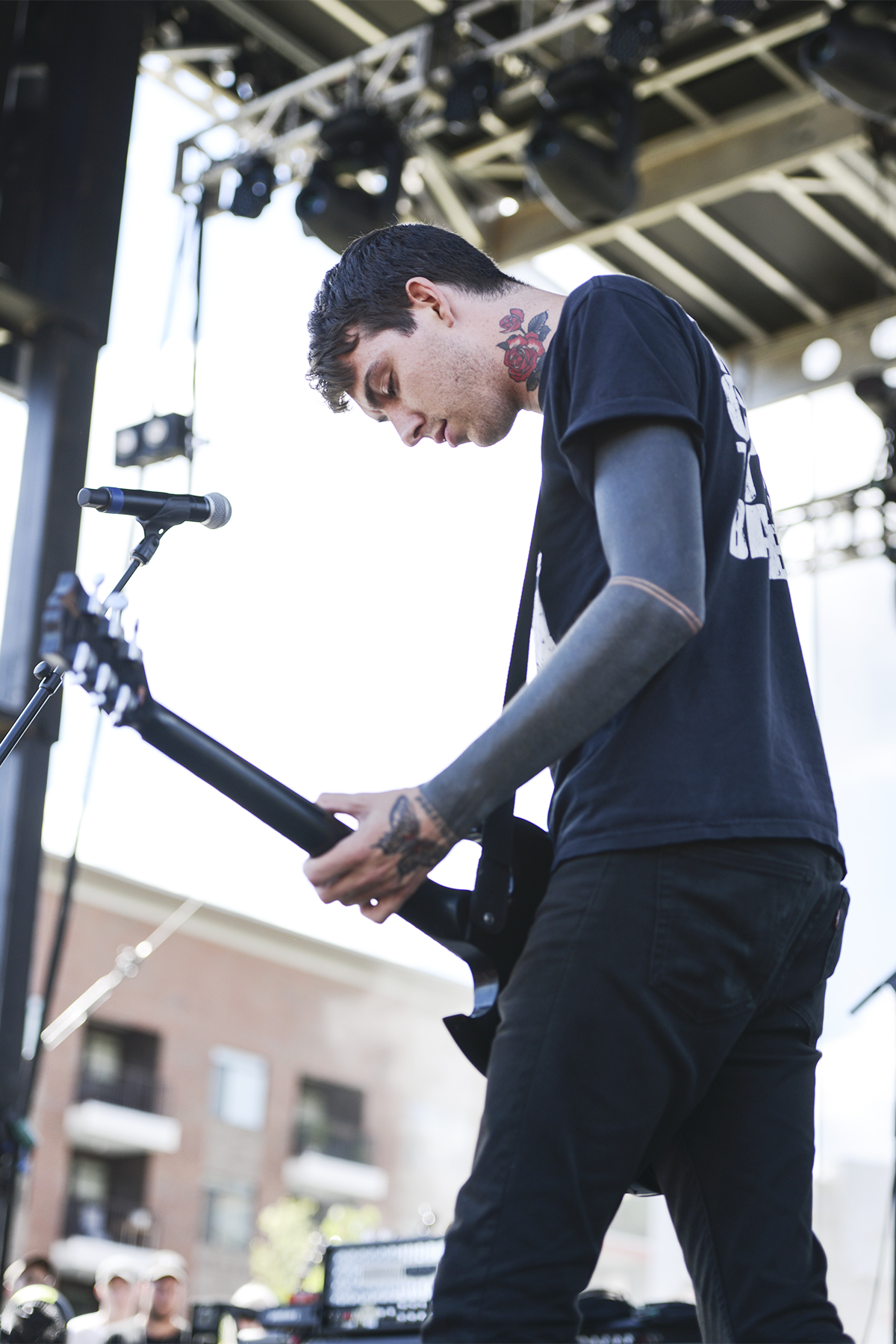
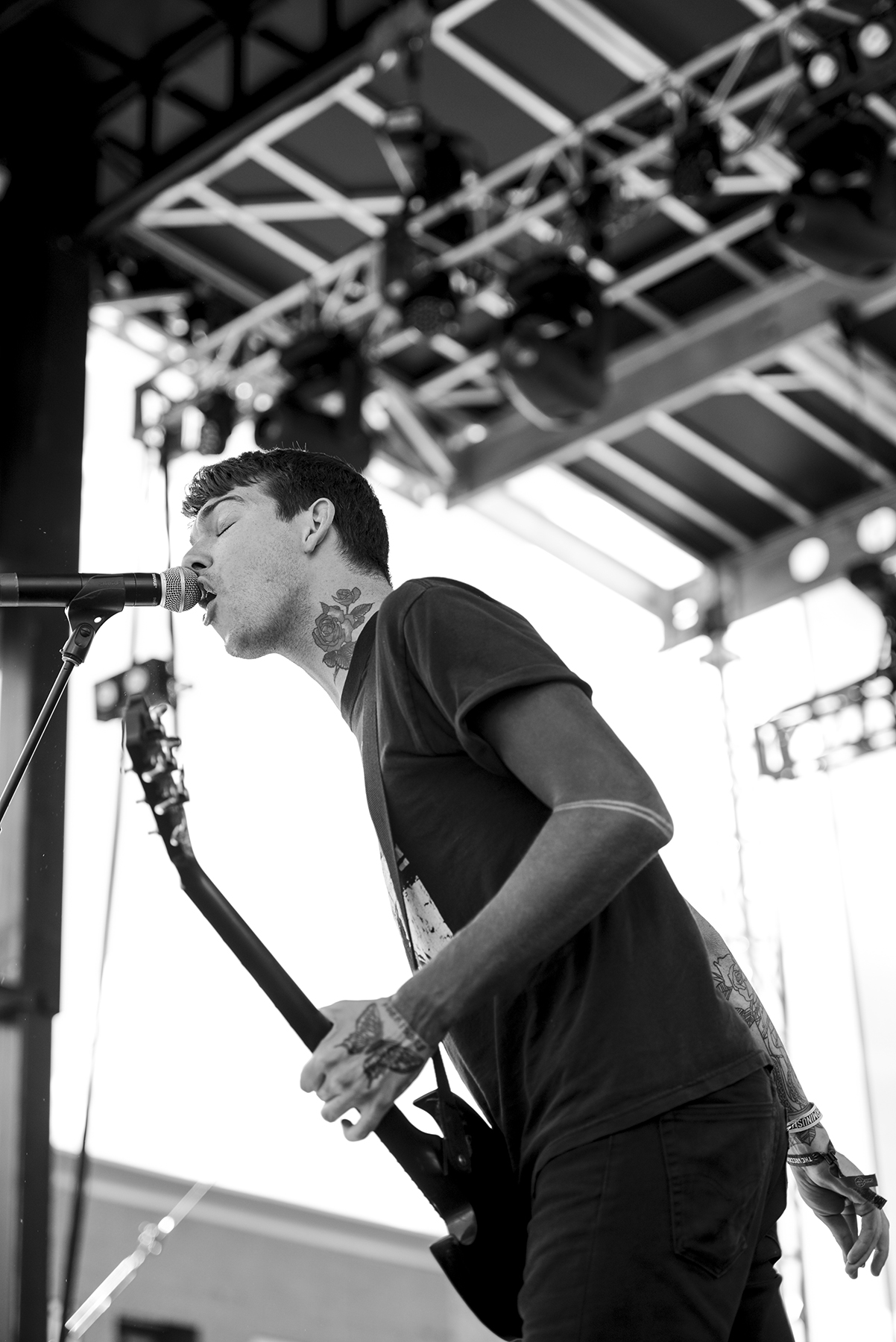
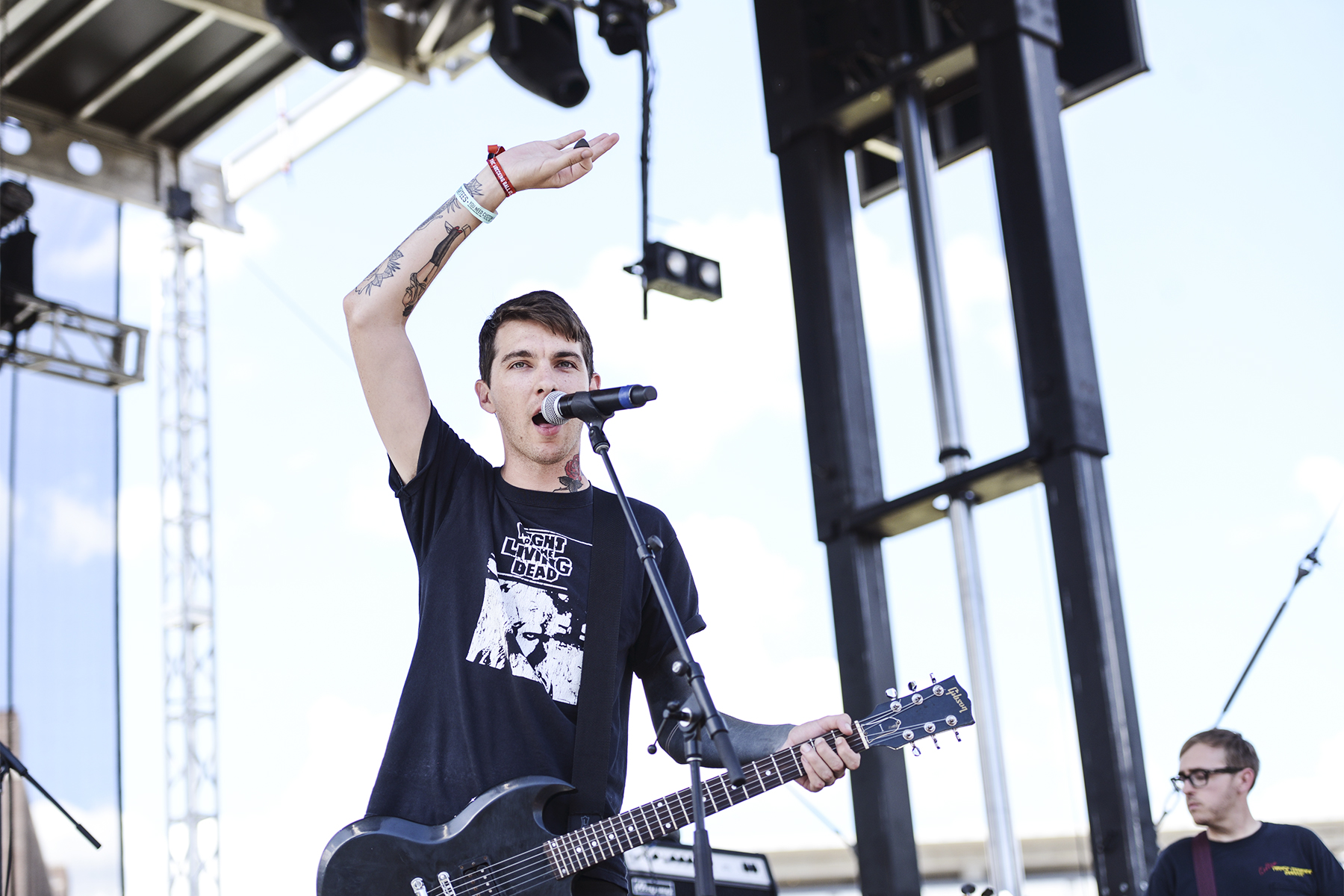


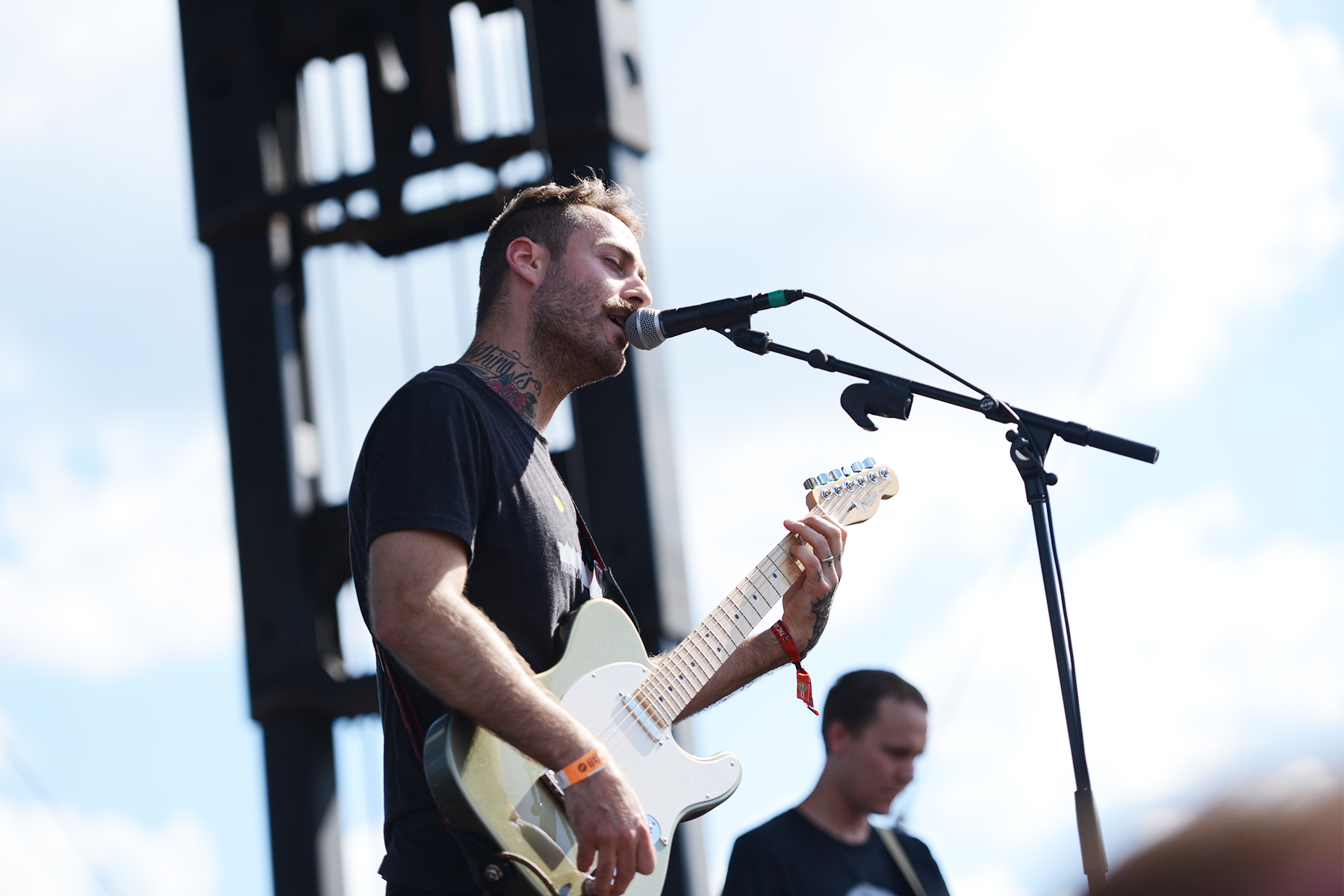


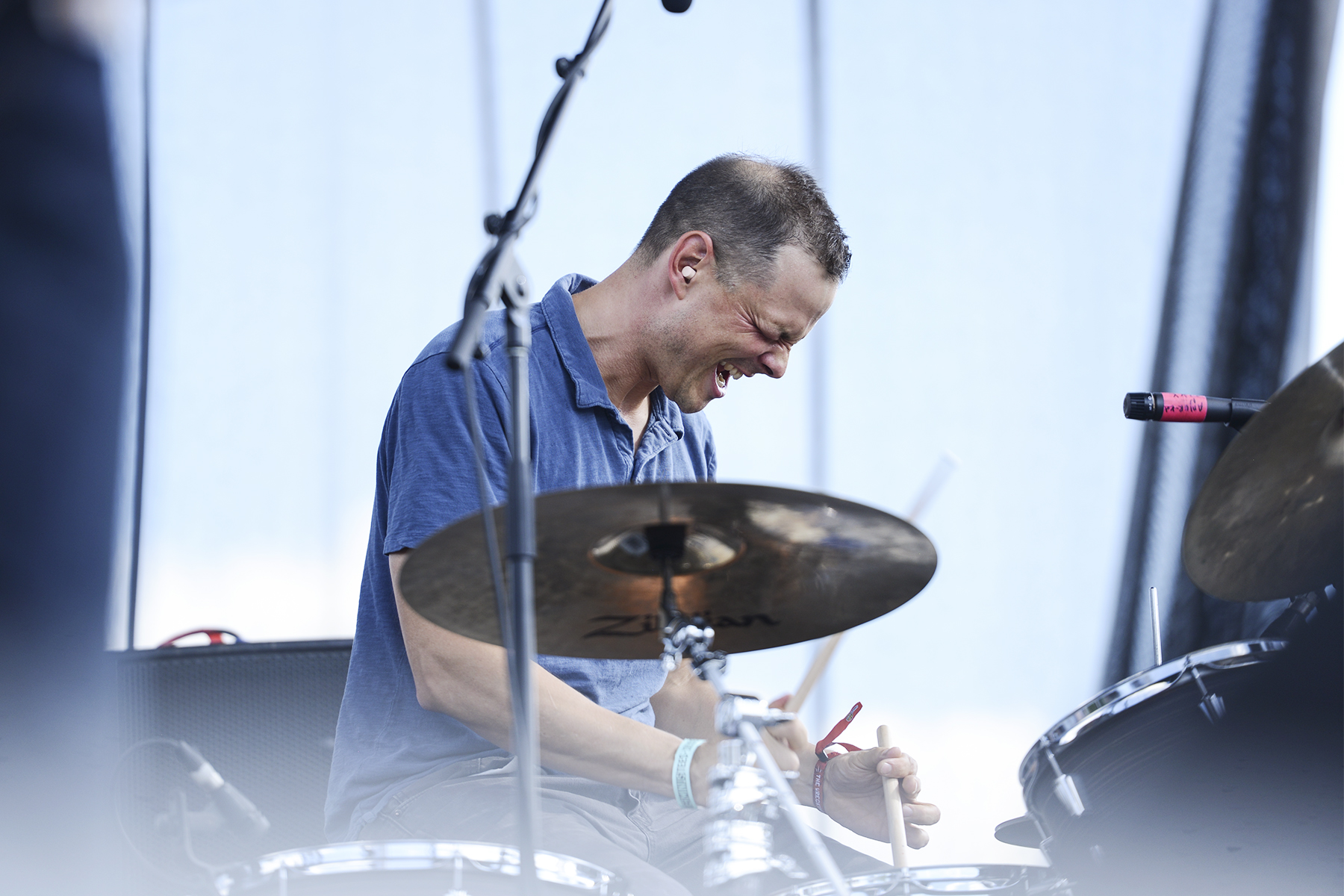
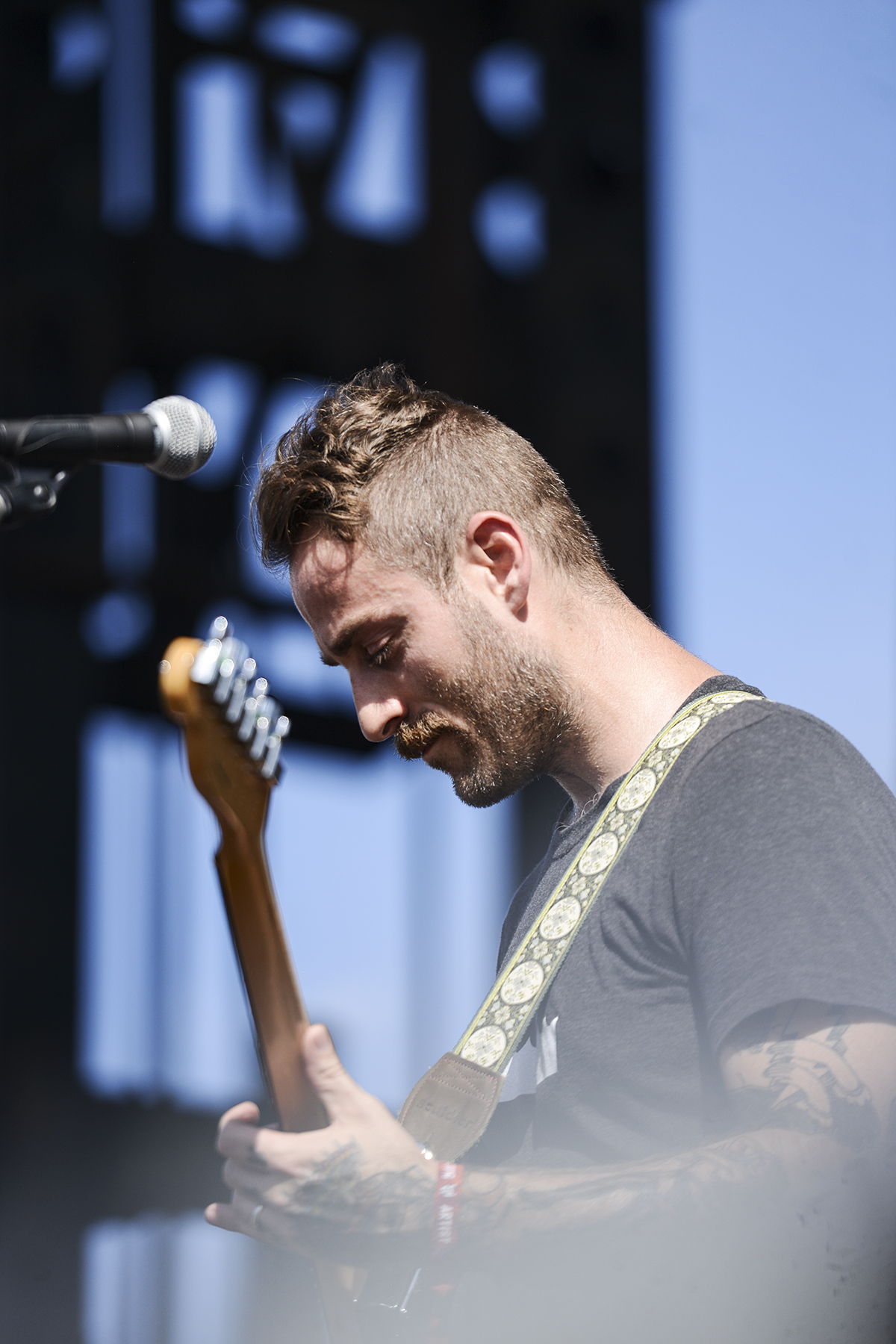
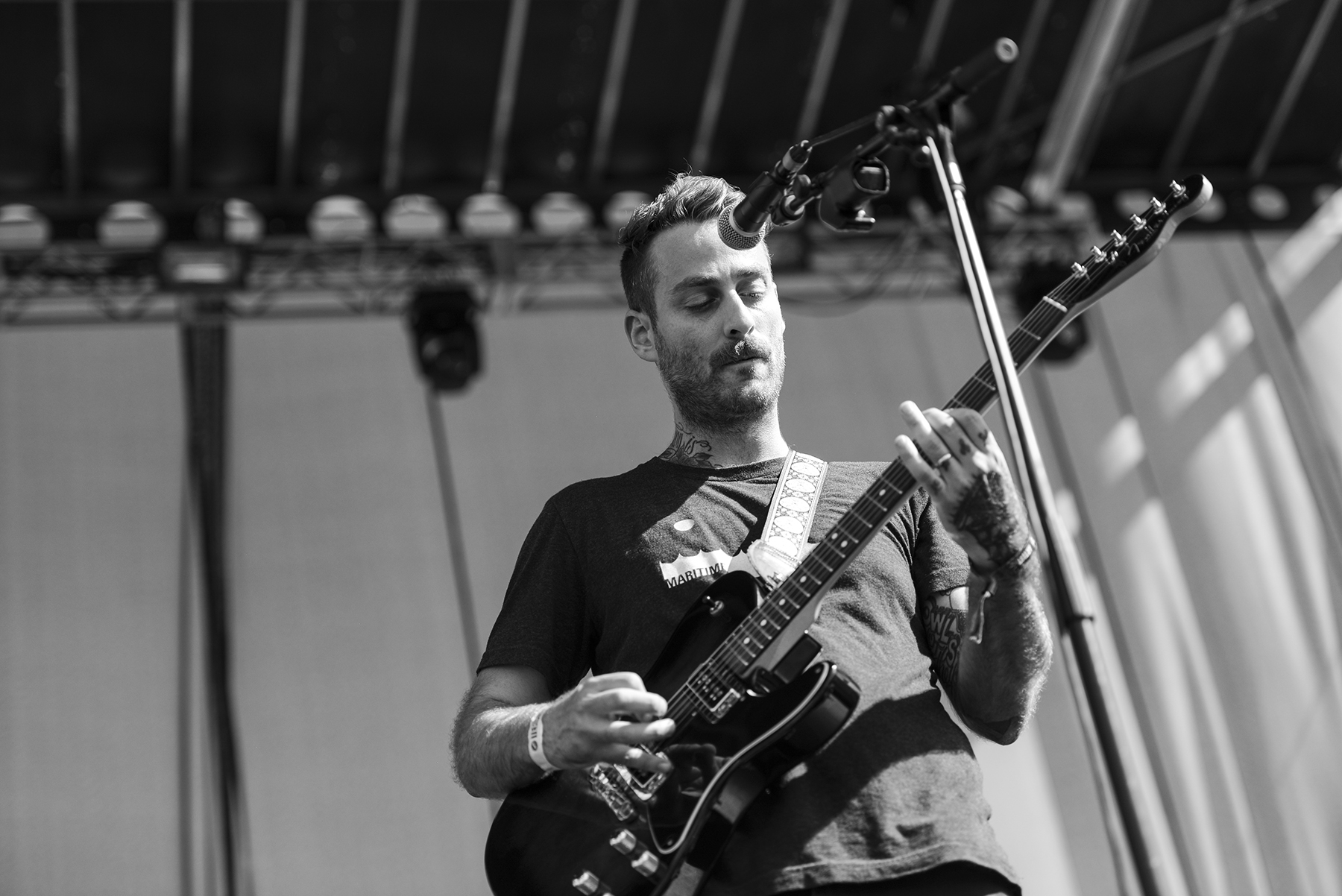








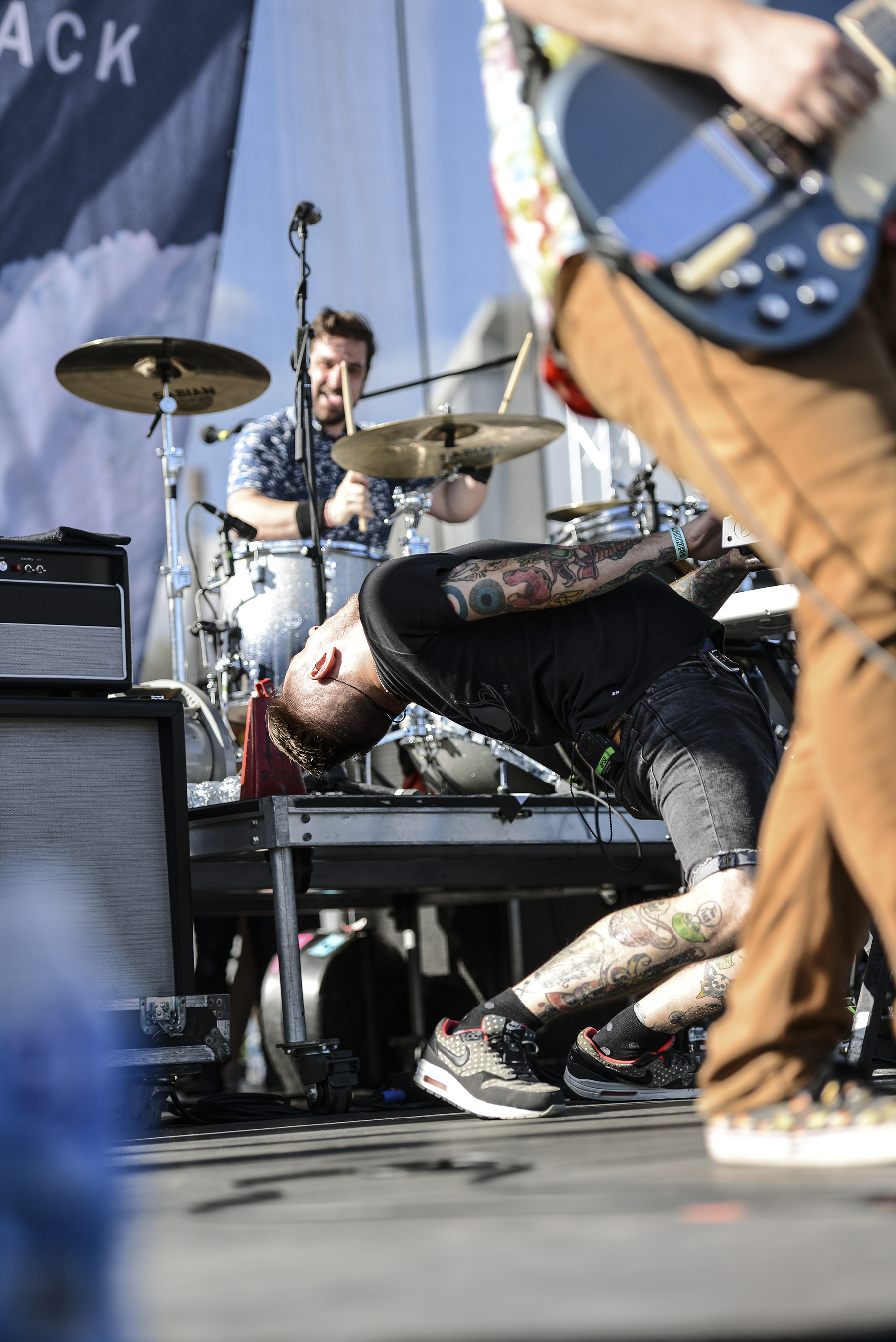

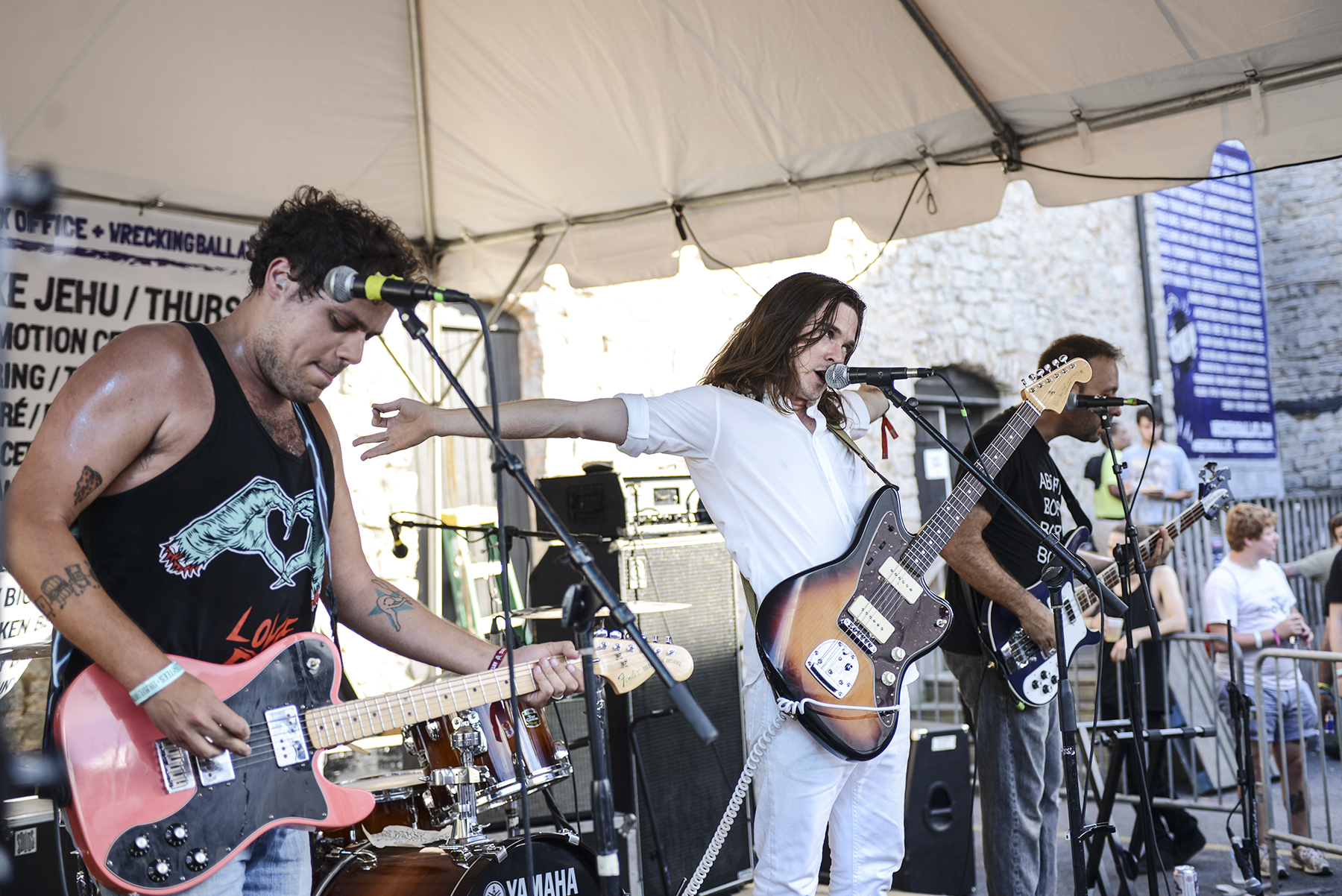
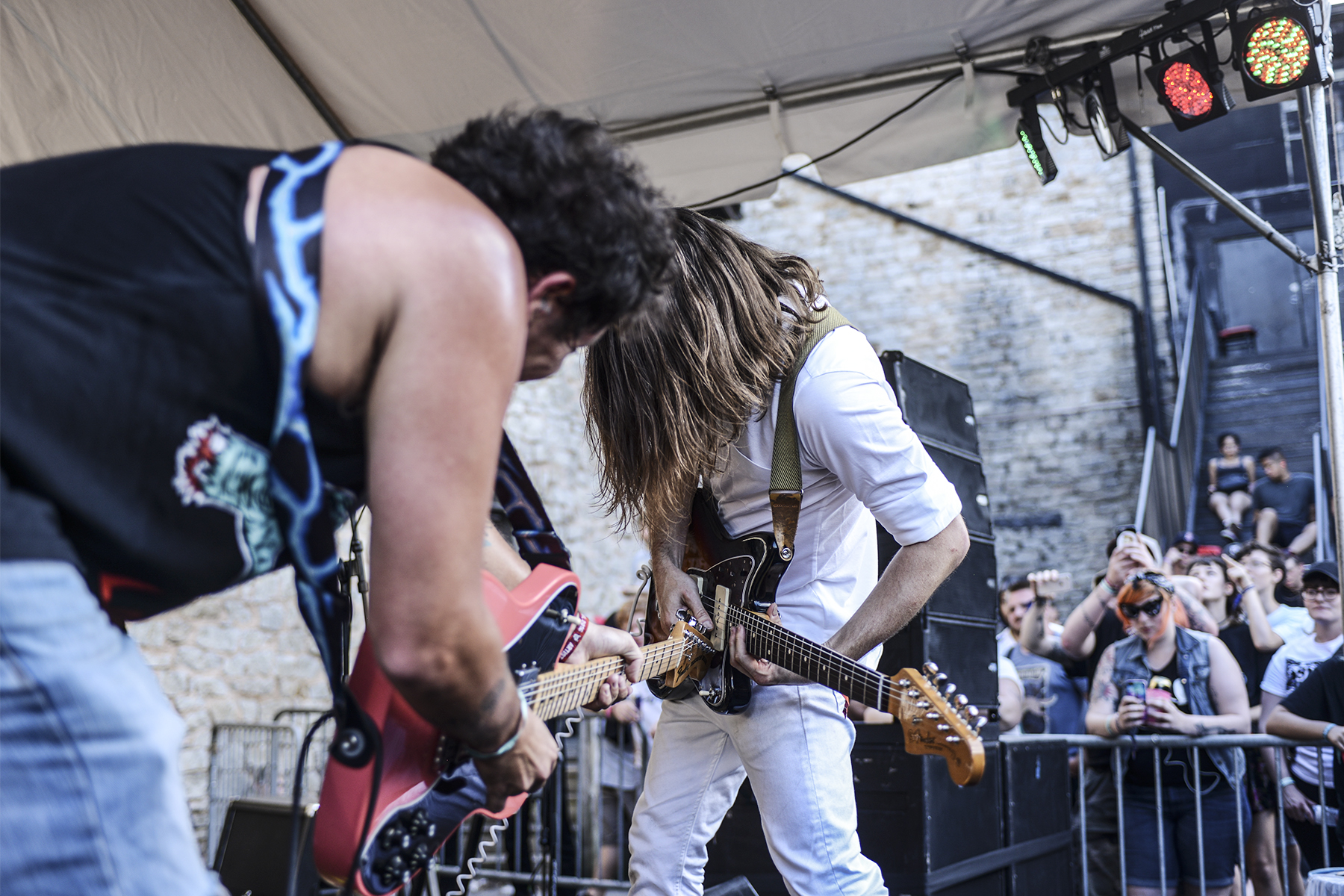

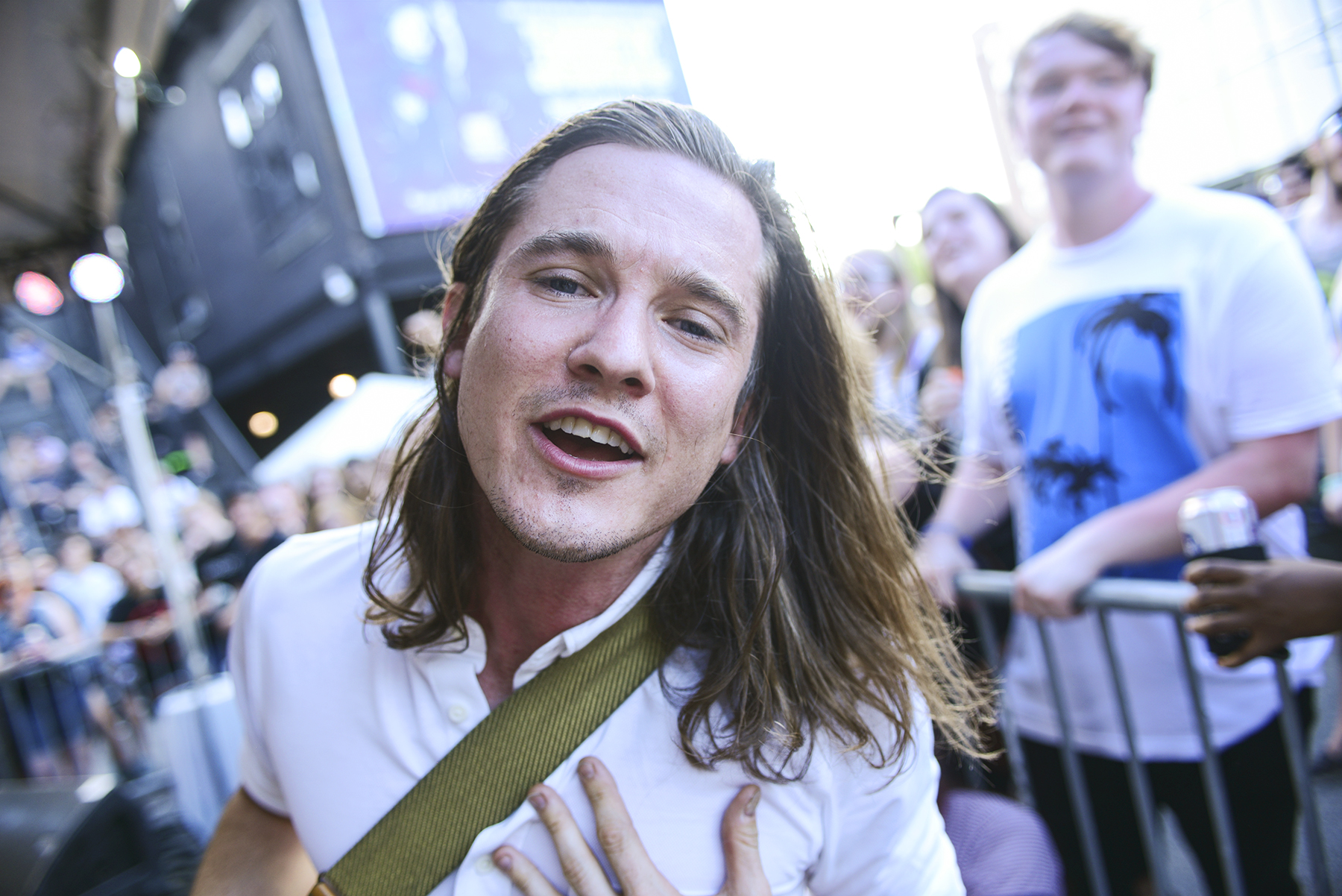

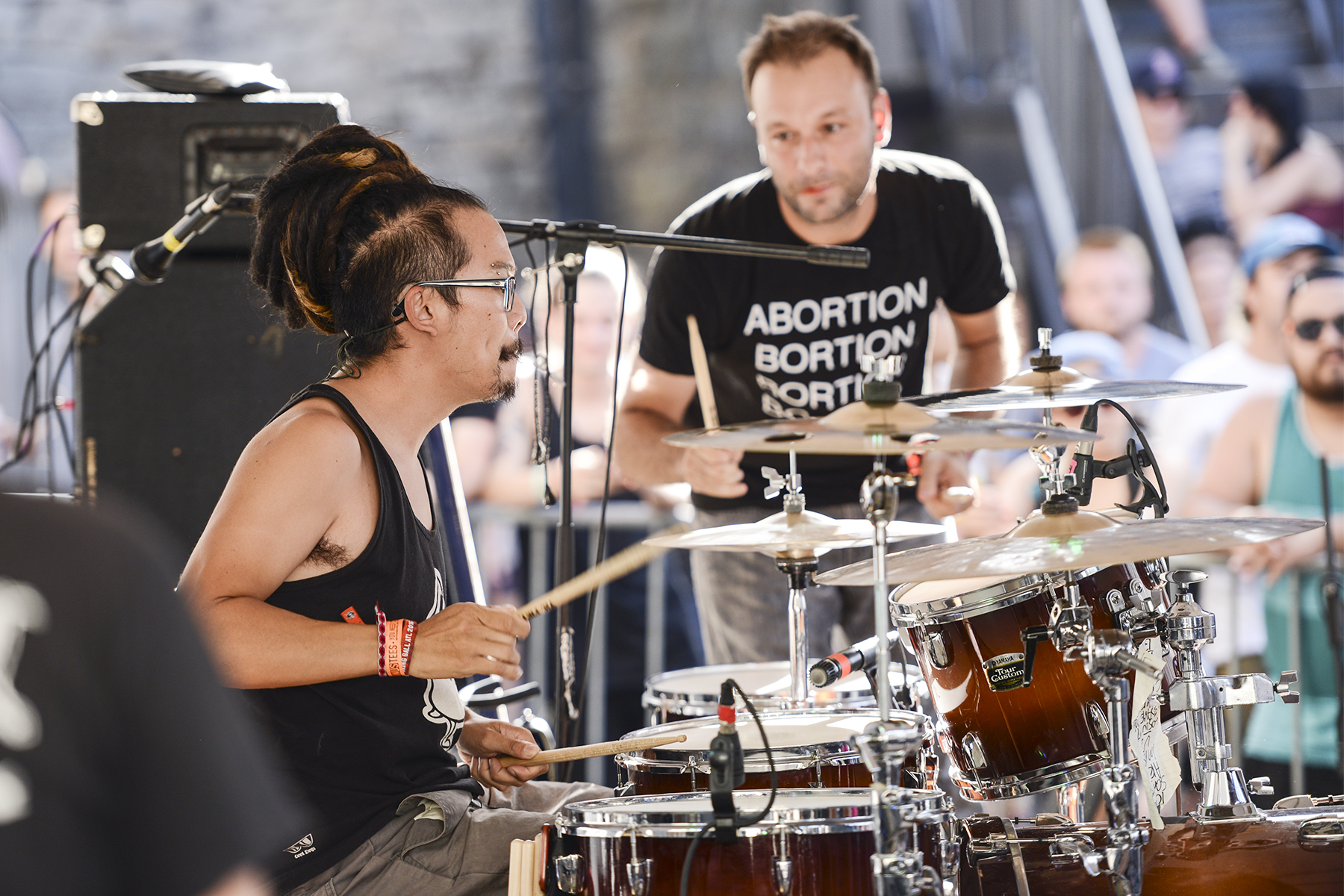

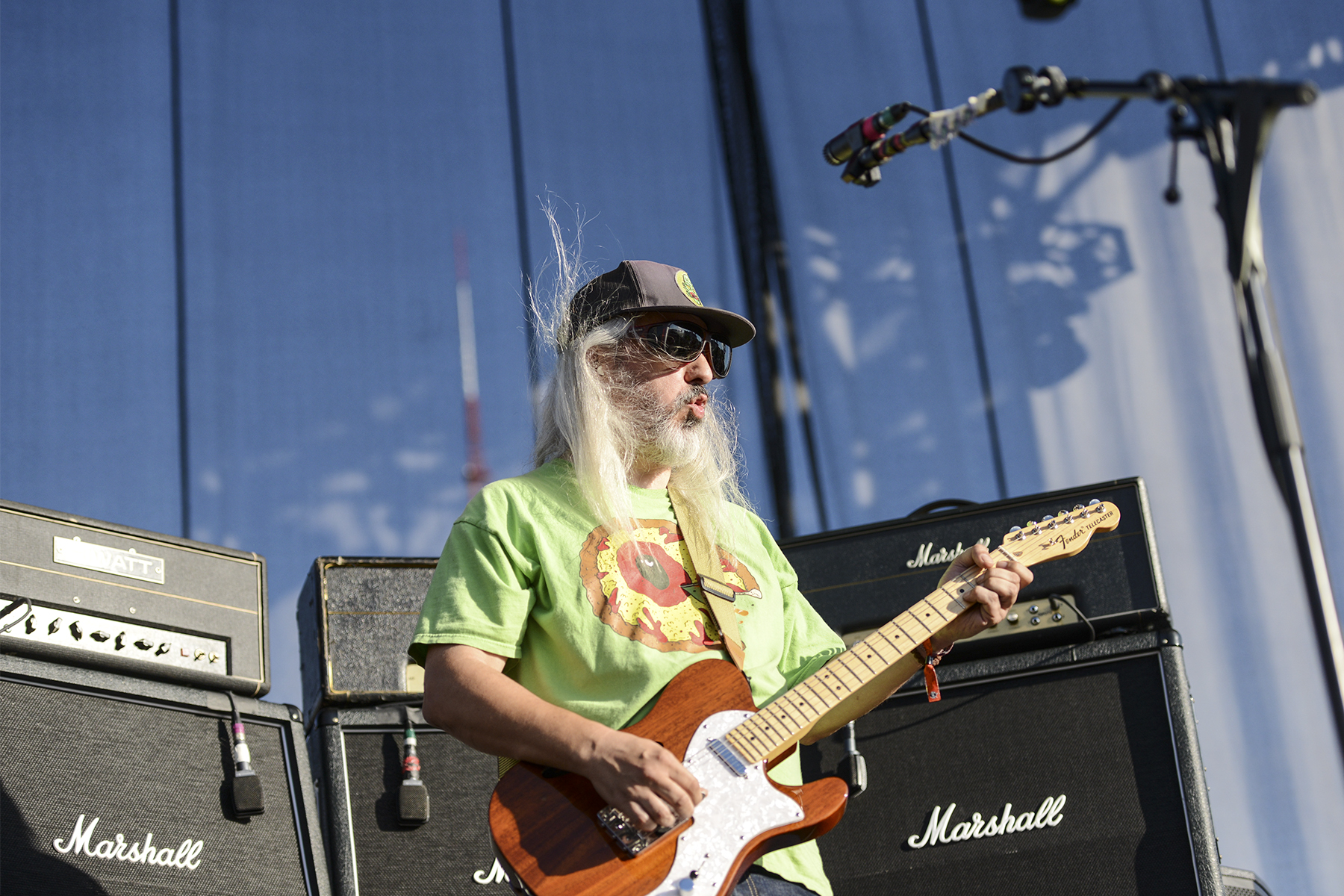


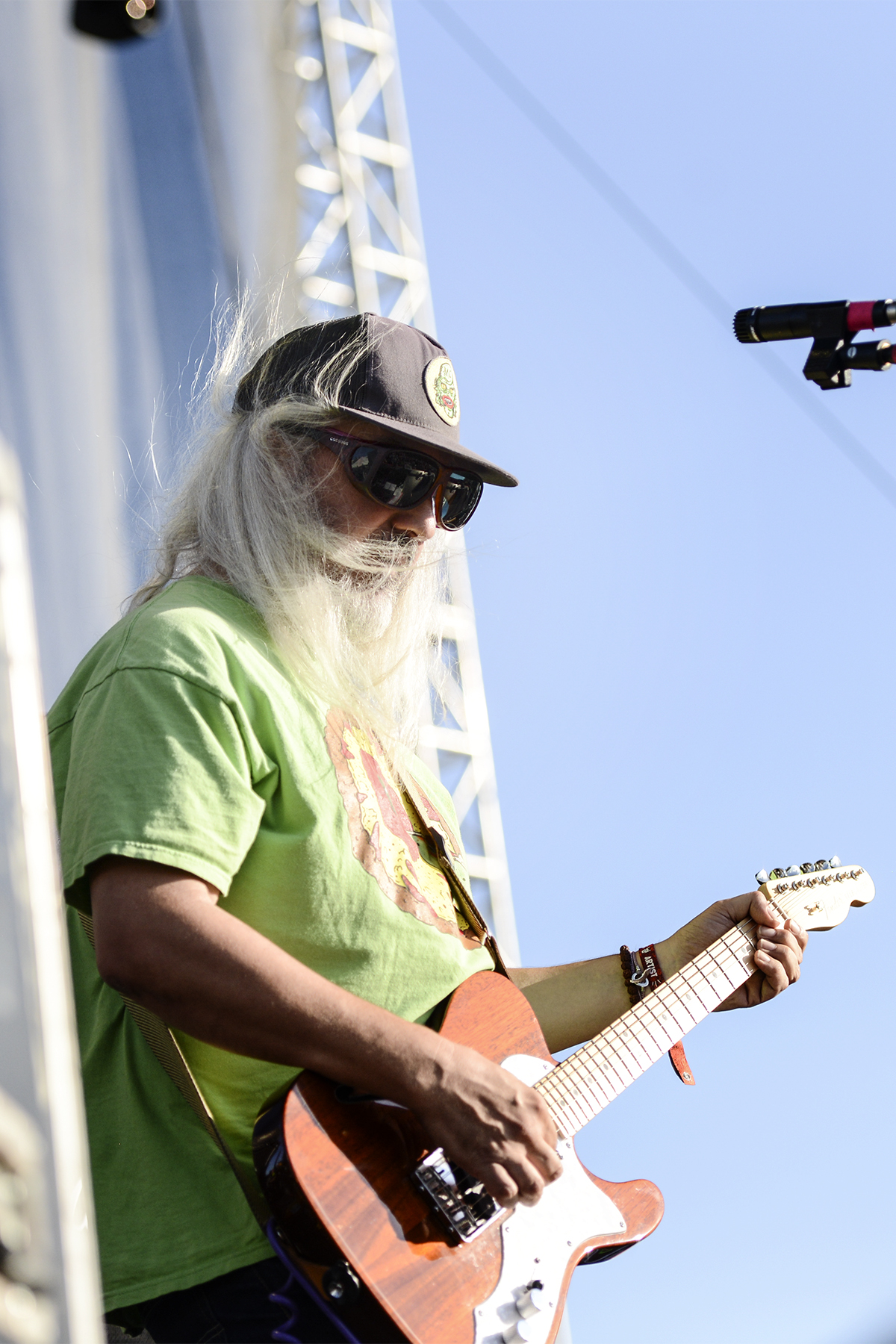




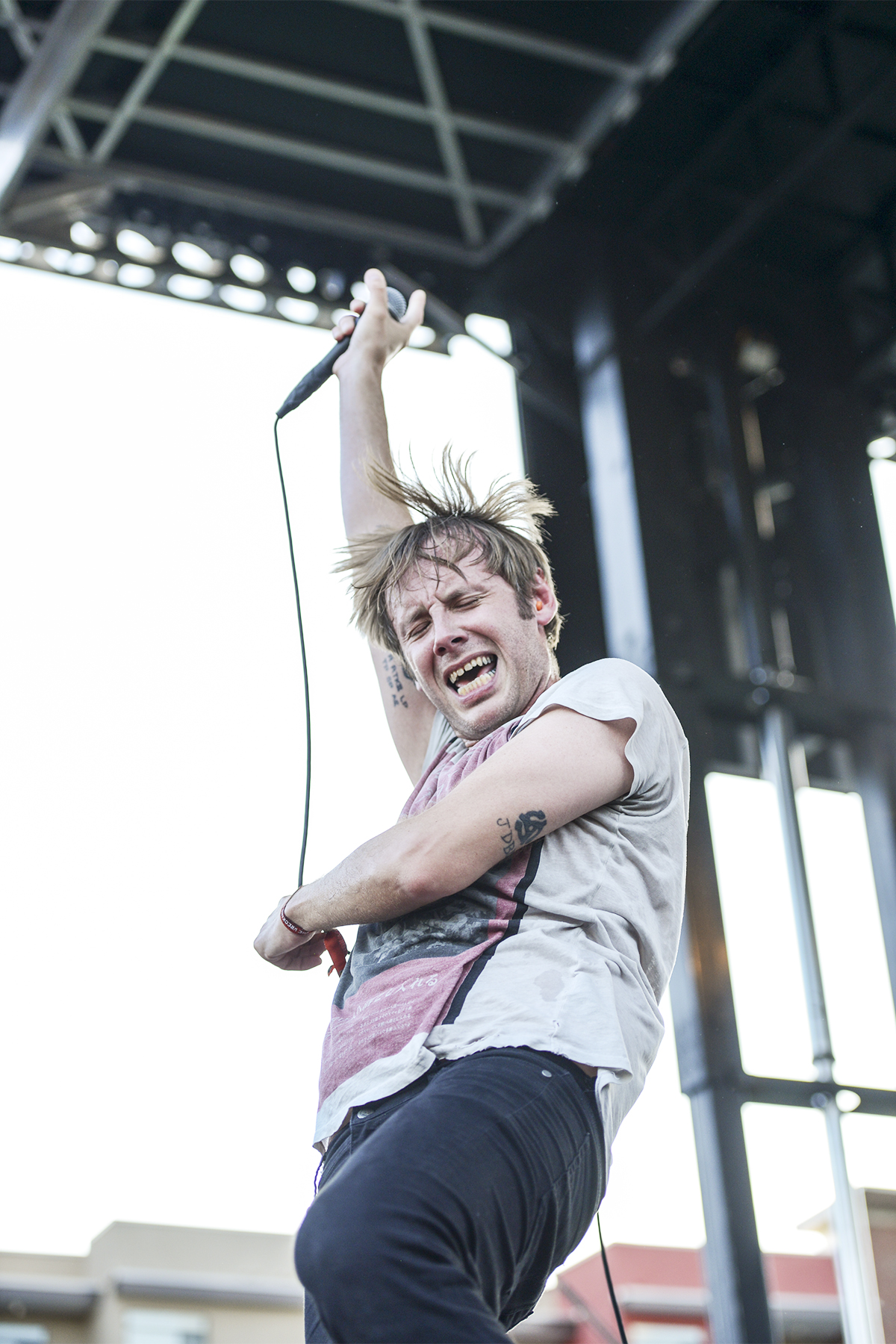
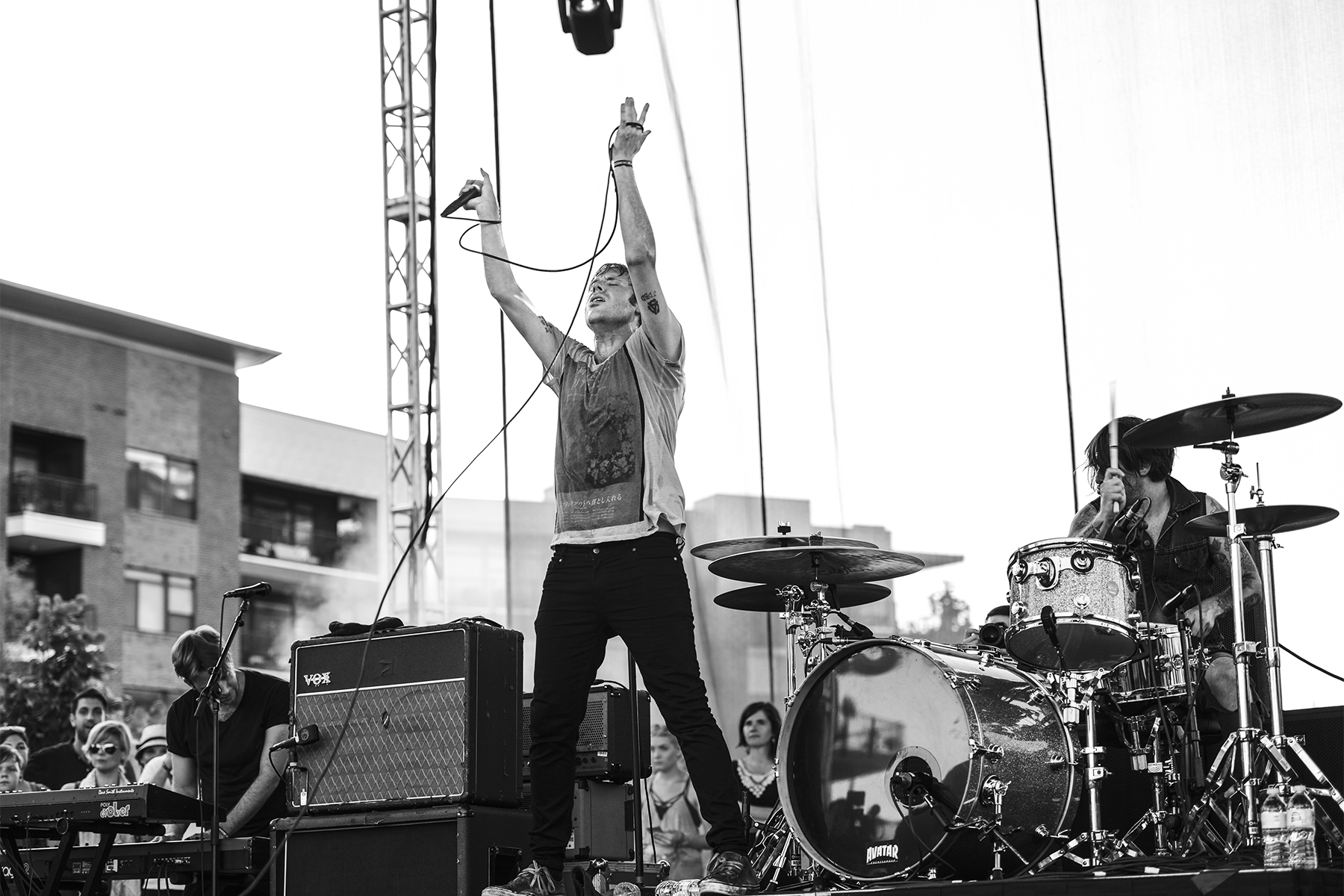


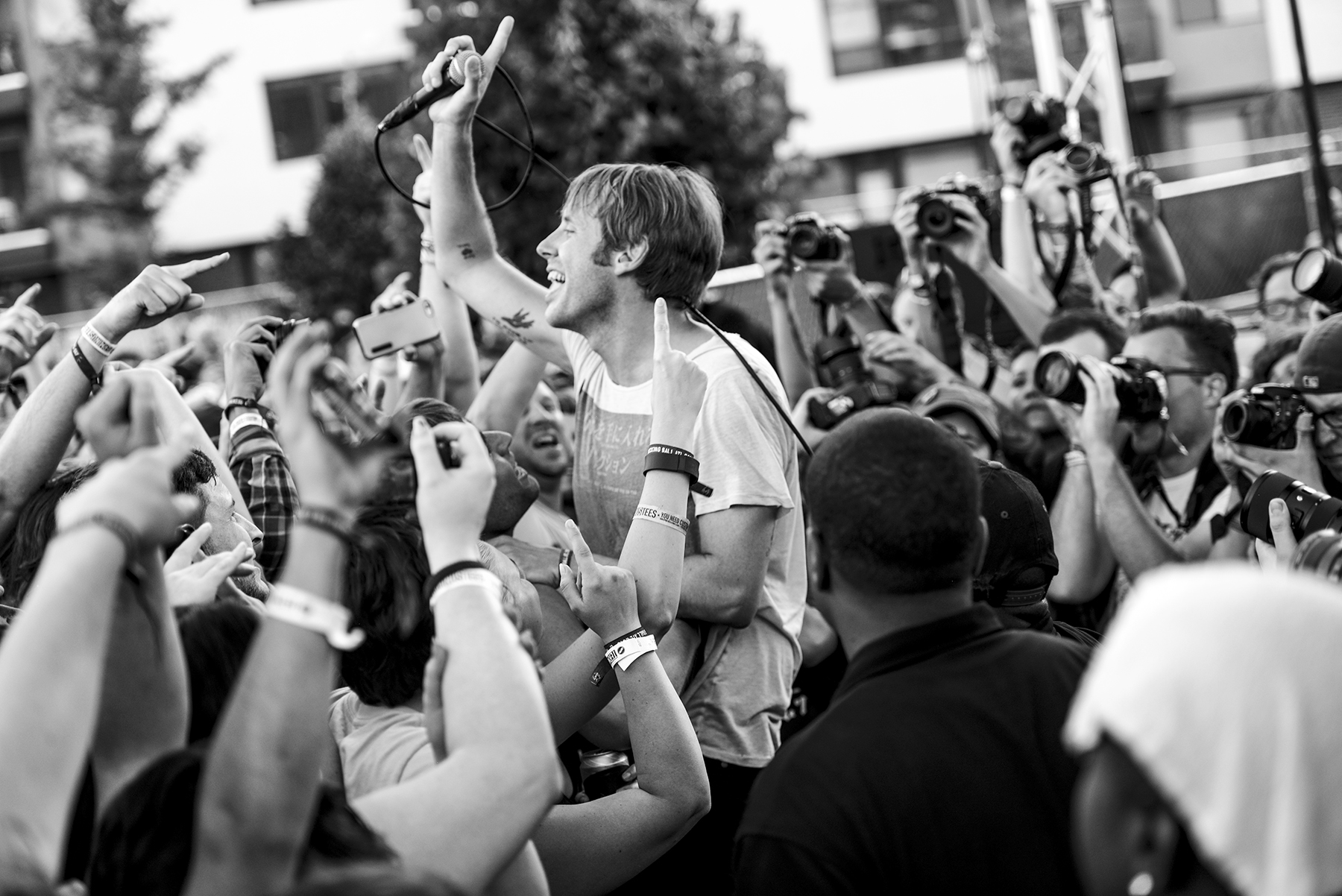





![[TICKET GIVEAWAY] Bayside w/ The Sleeping | Sept. 11 @ Eastside Bowl](https://nocountry.s3.us-west-2.amazonaws.com/uploads/2025/09/Bayside-2025-1800-350x250.jpeg)
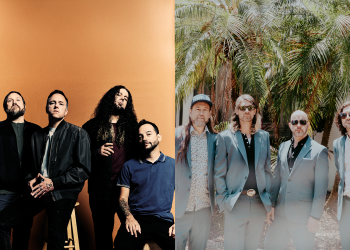
![[TICKET GIVEAWAY] Big Wild | Sept. 4 @ Marathon Music Works](https://nocountry.s3.us-west-2.amazonaws.com/uploads/2025/09/Big-Wild-2025-1800-350x250.jpg)